AMD Unveils Big Navi: RX 6900 XT, RX 6800 XT and RX 6800 Take On Ampere
The Radeon RX 6000 series is much more than a value alternative; AMD plans to go against Nvidia's best and may come out ahead.
AMD just dropped the Big Navi bombshell, which you can view above, detailing key specs for the Radeon RX 6800 XT, Radeon RX 6800… oh, and one more thing: Radeon RX 6900 XT. AMD is gunning for the top of the GPU benchmarks hierarchy and best graphics card lists in a big way.
The graphics card names aren't surprising, and most of the specs were at least guesstimated as far back as six months ago — our AMD Big Navi hub has been filled with speculation for some time, and we weren't too far off, mostly. But this time, we've got AMD's official full specs, pricing, and even some comparative benchmarks at 4K and 1440p. It looks as though AMD isn't just hoping to come close to Nvidia's Ampere GPUs, it has a very good chance of taking the lead in both GPU performance and efficiency for the first time in over a decade. Could this be AMD's ‘Ryzen moment’ for the GPU sector? Let's cover what AMD revealed and what it means for our next graphics card purchase.
AMD RX 6000 Key Points
- Up to 5120 shader cores in RX 6900 XT, 3840 cores in RX 6800
- Maximum boost clocks of 2.1-2.25 GHz
- 16GB of GDDR6 for the three cards revealed today
- 128MB Infinity Cache more than doubles effective bandwidth
- One Ray Accelerator per CU, 10x speedup for RT calculations
- Prices of $999, $649 and $579 for 6900 XT, 6800 XT and 6800
- Upcoming FidelityFX enhancements to offer DLSS alternative
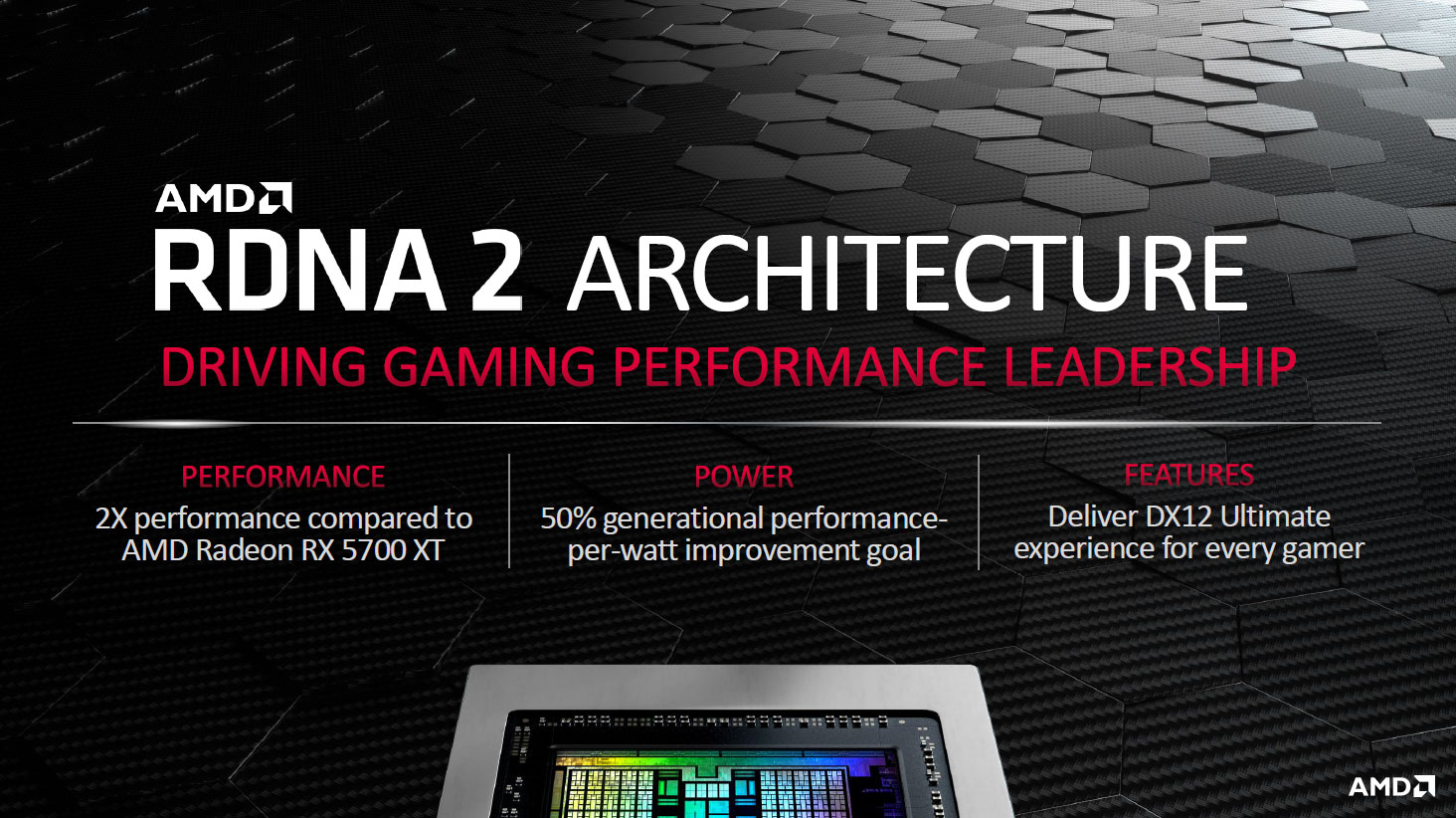
We'll dig into all the details below, but early indications are that Big Navi is going to live up to its name. It doesn't have the raw core counts of Nvidia's Ampere architecture, but theoretical TFLOPS don't always match real-world performance. In fact, AMD has previously held an advantage in TFLOPS relative to Nvidia but still ended up trailing in gaming performance. The Infinity Cache and other changes may flip the tables this time, as a large cache can help eliminate many trips to VRAM for framebuffer accesses.
AMD Radeon RX 6800 XT Specs and Performance Preview
Let's start with the primary contender, the Radeon RX 6800 XT. This will go up against Nvidia's GeForce RTX 3080, which is theoretically priced starting at $700, but in practice, you can't buy the RTX 3080 right now. Well, maybe you can if you get lucky, but supply definitely isn't meeting the current demand, and it may not do so until 2021. AMD might be able to help with that, however, as the RX 6800 XT boasts some impressive-looking specs and initial performance figures (take with a grain of salt, as with any manufacturer-provided benchmarks) — oh, and the 6800 XT will have a starting price of $649. Here's a look at the main specs:
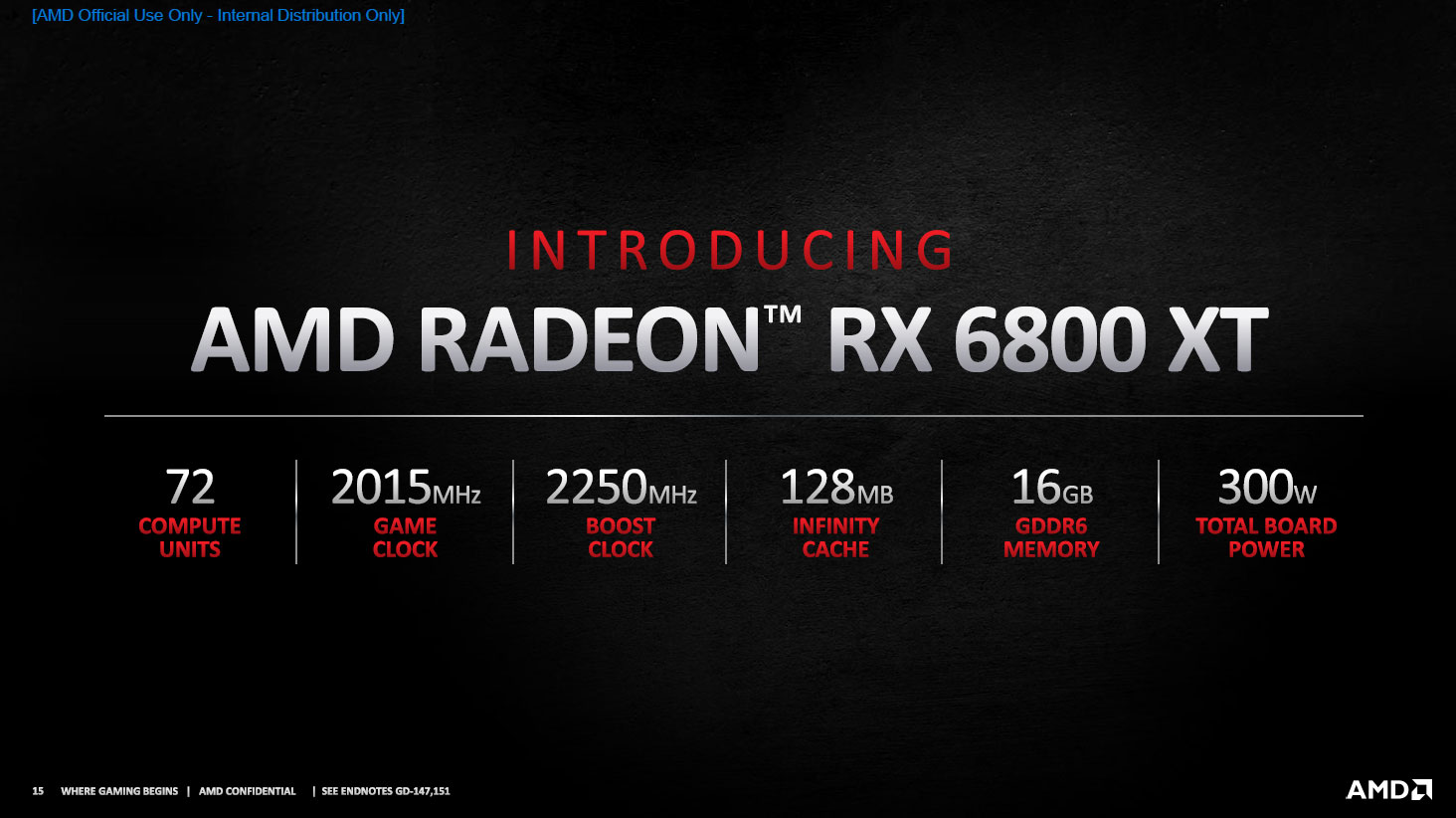
The most recent rumors were basically correct, and it makes sense. RX 6800 XT will have 72 CUs (Compute Units), each with 64 shader cores. The game clock sits at just over 2GHz, while the boost clock (which if it's anything like Navi 1x is basically a maximum that you'll rarely see) is 2.25GHz. Combined, that works out to peak compute performance of 20.7 TFLOPS. That's technically a lot less than RTX 3080's 29.8 TFLOPS, but a chunk of the Nvidia potential performance ends up going to INT32 calculations.
What's not clear right now is whether AMD has added concurrent FP32 + INT32 data paths to RDNA2 / Navi 2x, or if there are other optimizations that make up for the apparent compute deficit. If it has, real-world performance will probably end up being quite close to the RTX 3080, maybe even surpassing it. Even if it doesn't have concurrent INT+FP, though… Well, let's get to perhaps the most interesting aspect of the new architecture, the 128MB Infinity Cache.
Get Tom's Hardware's best news and in-depth reviews, straight to your inbox.
Put simply, that's a huge cache. AMD didn't go into all the details, but the basic idea is to reduce the amount of memory traffic and thereby increase effective bandwidth by having an L3 (L4?) cache that's large enough to hold the entire frame buffer — and maybe a bit more. Reducing all of that extra memory traffic can also significantly improve overall efficiency, which is exactly what AMD says RDNA2 does. With the same 256-bit GDDR6 interface, apparently still running at a 'mere' 14 Gbps, AMD says the new Infinity Cache cuts power use by 10 percent while increasing the effective bandwidth by 117 percent. If true, that means RX 6800 XT has the equivalent of about 972 GBps of bandwidth, significantly more than the RTX 3080.
It's important to point out the other two pieces of data: The 16GB total GDDR6 memory and the 300W TBP (Total Board Power). That's 60 percent more memory for textures and other data compared to the RTX 3080. We've questioned whether 10GB was enough for Nvidia's RTX 3080, and the answer is that it probably is. Still, having more memory won't hurt performance — it can only help. As for the 300W TBP, AMD and Nvidia don't always measure power in the same way, but AMD says the 300W should be the total amount of power the cards will consume, meaning it will actually be 20W less than the RTX 3080. Except, in our own power testing, the RTX 3080 tended to land closer to 330W.
Anyway, let's hit the preliminary benchmarks. Usual caveats applied, grains of salt, etc. How does AMD say the RX 6800 XT performs? Take a look at these 4K and 1440p ultra RX 6800 XT vs. RTX 3080 benchmarks:
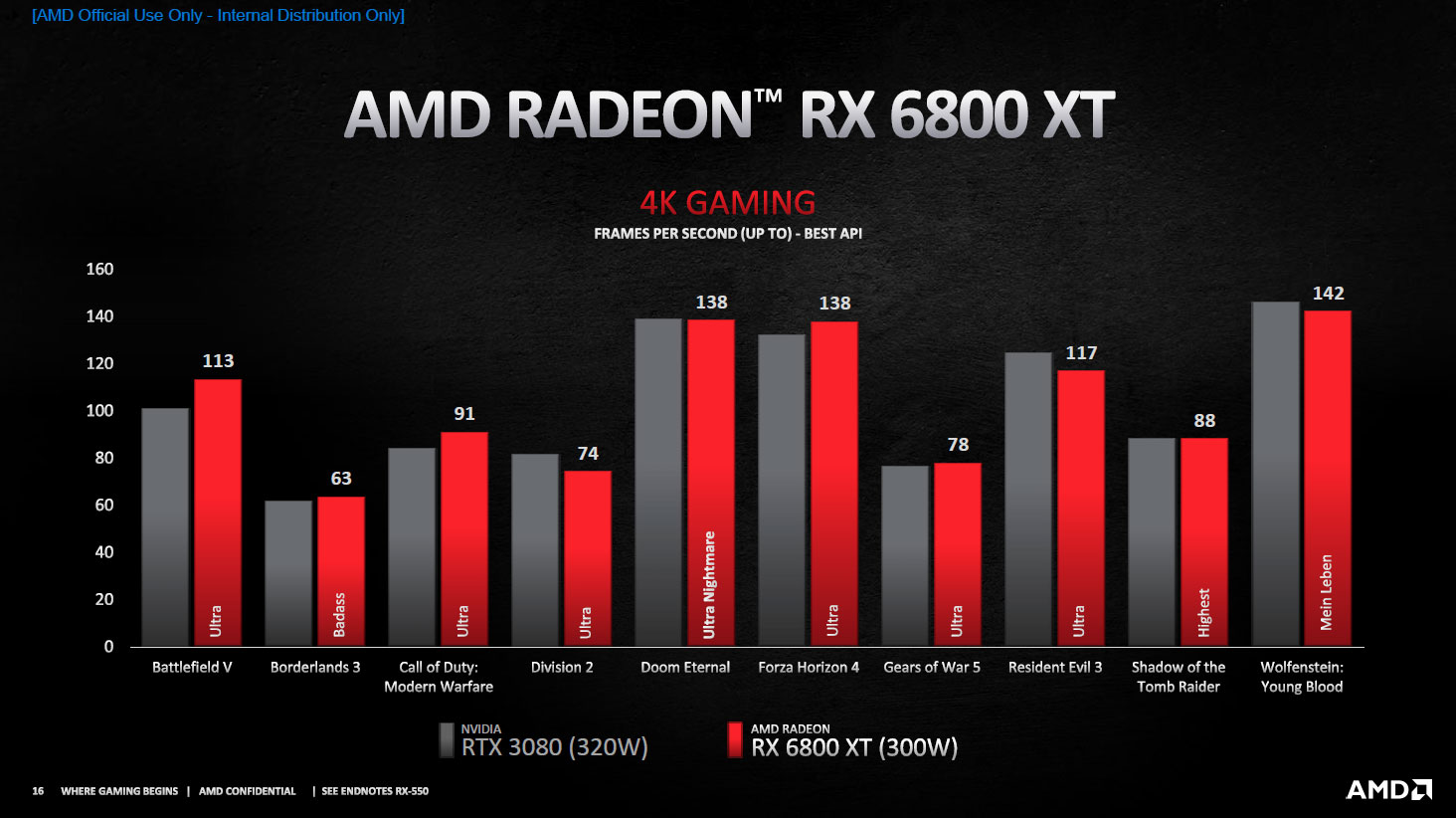
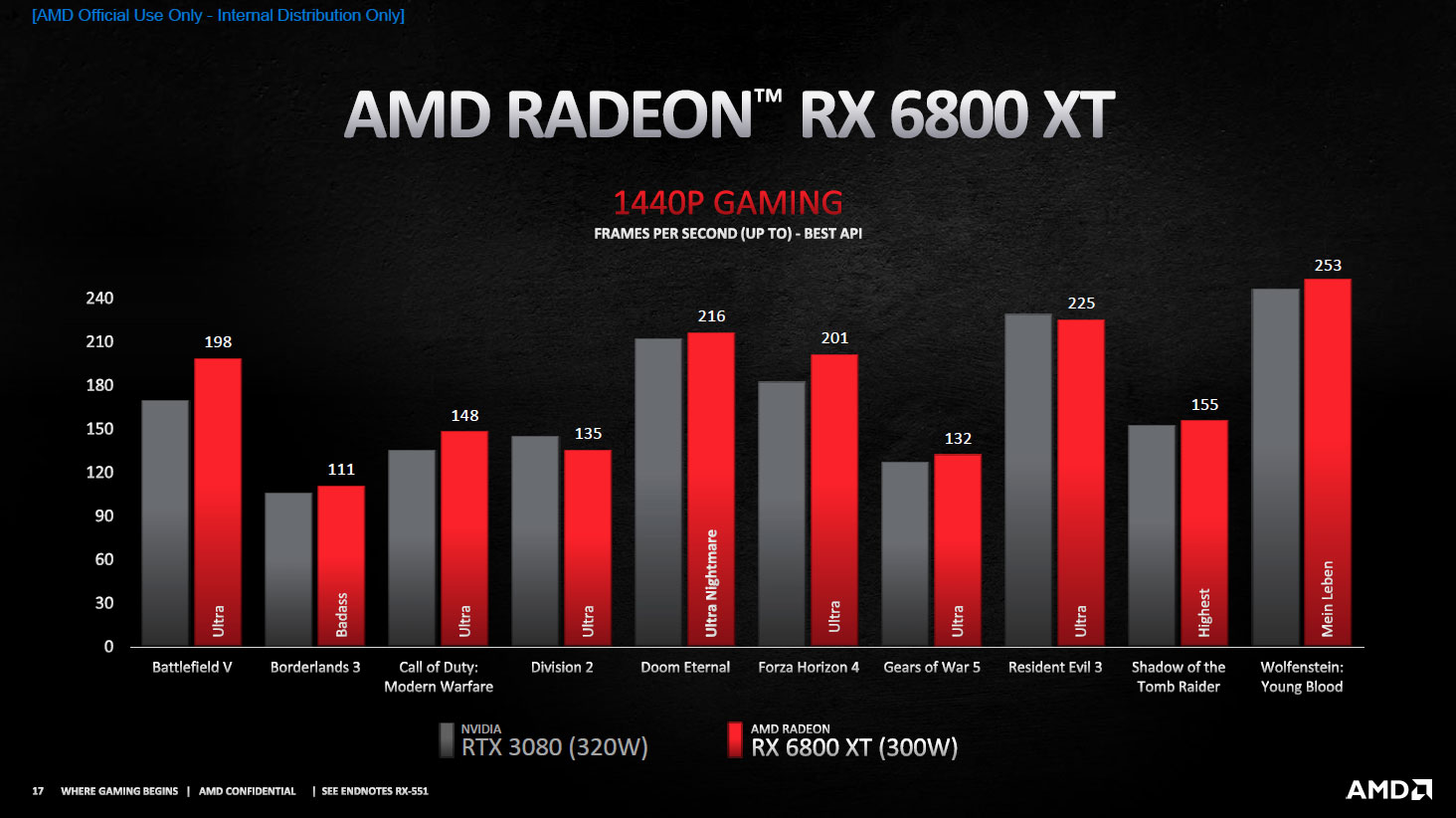
Based on AMD's numbers, RX 6800 XT isn't just competitive with the RTX 3080; it will be slightly faster. Of course, AMD is probably selecting games that favor its GPU a bit, and it's worth noting that none of these benchmarks enabled ray tracing. Still, if AMD can match RTX 3080 performance on average, with more memory, less power, and a lower price? That looks like a win to us, pending independent testing, of course.
There will of course be custom AIB RX 6800 XT cards as well, and many of those will come with factory overclocks and higher prices. Depending on how performance shakes out, across a wider selection of games, the RX 6800 XT has a lot of potential.
AMD Radeon RX 6800 Specs and Performance Preview
The RX 6800 XT is the RTX 3080 competitor, at a slightly lower price point, but AMD isn't stopping there. Big Navi, or Navi 21, is the GPU at the heart of the 6800 XT, and it will also feature in a slightly more cut down variant that drops the XT. The Radeon RX 6800 is to Navi 21 what the RX 5700 was to Navi 10: fewer cores, lower clocks, but still a lot of performance. Oh, and it will cost less — $70 less, to be precise. The starting price for the RX 6800 is $579.

Most of the core features are similar, only instead of 72 CUs and 4608 shader cores, the RX 6800 will have 60 CUs and 3840 shader cores. It also has advertised clock speeds that are about 150-200 MHz lower, leading to theoretical compute performance of 16.2 TFLOPS. However, it still packs the full 128MB Infinity Cache and 16GB of GDDR6, and the reduced clocks and core counts give it a 250W TBP. In short, RX 6800 is going after the GeForce RTX 3070. It's going to be an interesting matchup.
Considering how the RTX 3070 stacks up against the RTX 3080 (it's about 25 percent slower at 4K), AMD looks to be in a very good position for the more modest high-end GPU market. The 6800 XT has about 30 percent less compute than the RTX 3080, but the RX 6800 only has about 20 percent less compute than the RTX 3070. It also has twice as much memory and potentially way more effective memory bandwidth thanks to the Infinity Cache.
Again, caveats and disclaimers apply, and AMD didn't have the RTX 3070 for testing. But it did have the RTX 2080 Ti, which in our own testing is a few percent faster than the RTX 3070. Here are AMD's results:
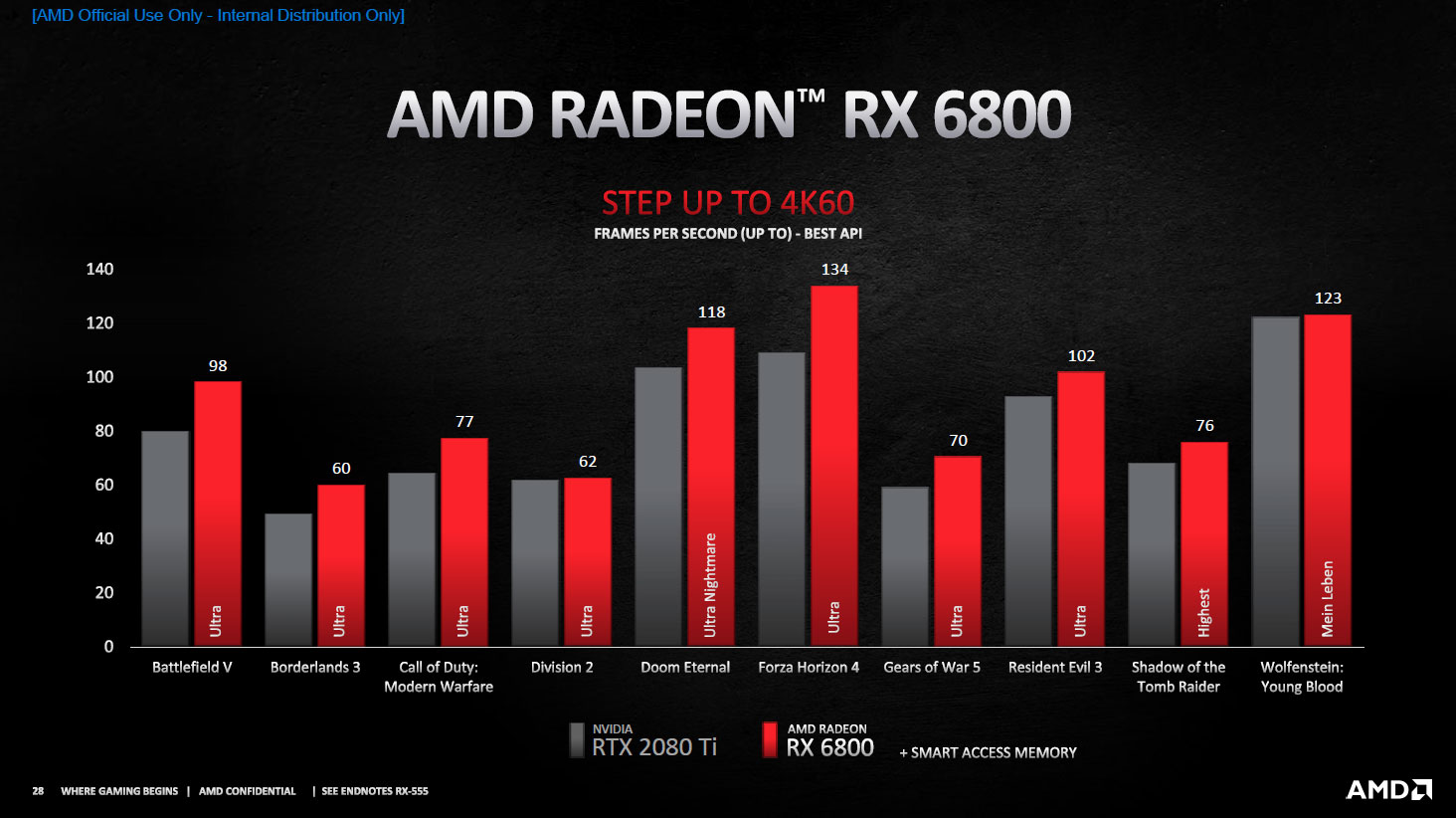
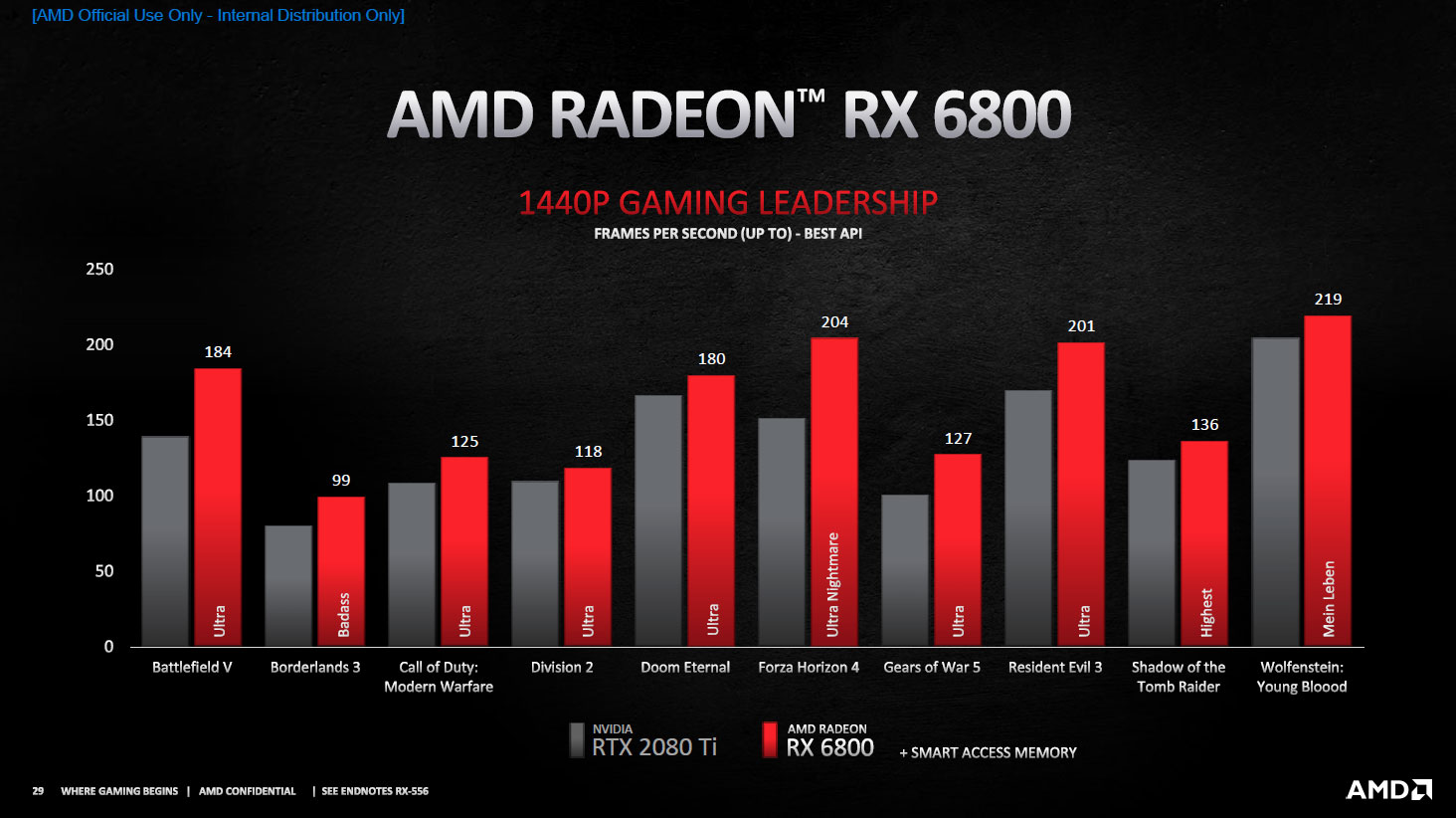
As expected, the RX 6800 looks very promising compared to the RTX 3070. Of the ten games tested — and note that this is the same set of games used on the RX 6800 XT comparison — the RX 6800 at worst basically ties the RTX 2080 Ti (e.g., in The Division 2 at 4K ultra or Wolfenstein Youngblood at 4K Mein Leben!), while in most of the other games it looks to be 10-20 percent faster.
We were pretty impressed with the GeForce RTX 3070 when we looked at it very recently, but we suggested waiting to see what AMD would bring to the party. Now, we're far less certain of how the RTX 3070 will stack up. Granted, it's going on sale three weeks before AMD's scheduled launch, but with what AMD showed today? We definitely want to do some independent testing to see how it stacks up across a different selection of games.
The pricing story is an interesting wrinkle, of course. If we were looking at price parity between the RX 6800 and RTX 3070, AMD gets a clear win. Twice the memory, more effective bandwidth, and apparently superior performance? That's exactly what we like to see. But Big Navi is a big chip, and TSMC's N7 process costs more than Samsung's 8N process, so AMD isn't looking to blow the doors off the barn with the $80 price premium. Still, double the VRAM likely puts this one in AMD's favor.
One More Thing: AMD Radeon RX 6900 XT Specs and Performance Preview
AMD likes to end its presentations with a bit of a surprise. In this case, it wasn't too much of a surprise since rumors and talk of the RX 6900 XT have been circulating for quite a while. Big Navi, or Navi 21, was rumored to be twice as many CUs as Navi 10, at least in its maximum configuration. The RX 6800 XT disables 8 CUs to improve yields, or the number of chips that will meet the requirements. RX 6800 disables one-quarter of the CUs. RX 6900 XT, though? It's the true Big Navi — Biggest Navi, I suppose.
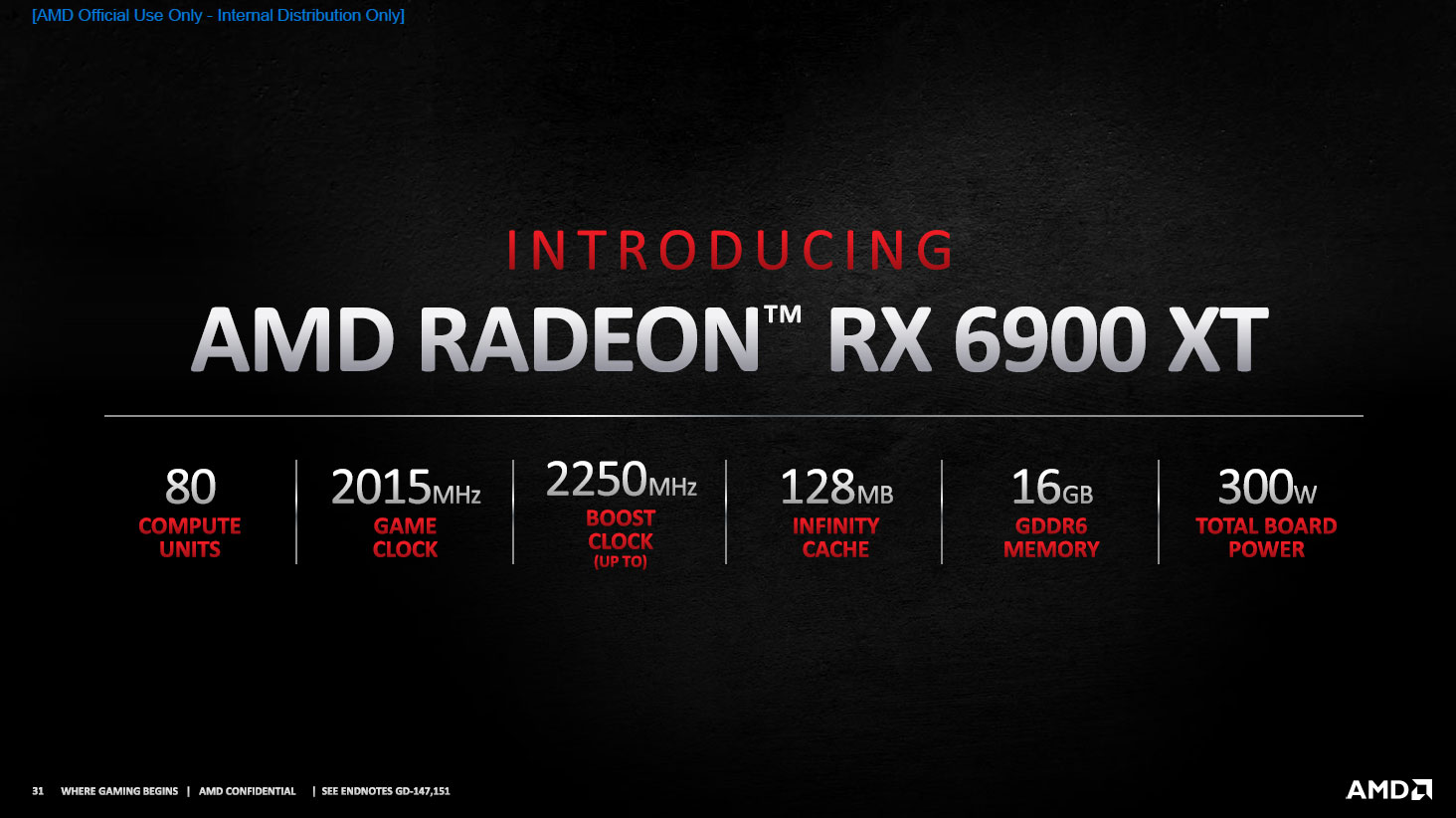
The Radeon RX 6900 XT specs are nearly identical to the Radeon RX 6800 XT; only this time, there are 80 CUs. That puts theoretical compute performance at 23 TFLOPS (peak). AMD didn't indicate any difference in GDDR6 clocks, and the TBP remains 300W, so basically, these are the best chips from each wafer that end up with no defects. Probably only 5-10 percent of all Navi 21 chips will pass the 6900 XT requirements, 30-50 percent should work as RX 6800 XT, and most of the remaining chips can run as RX 6800.
Here's the big question, though: If RX 6800 XT is competitive with RTX 3080, wouldn't 11 percent more CUs and shader cores basically put it up against RTX 3090? The answer: Yup.
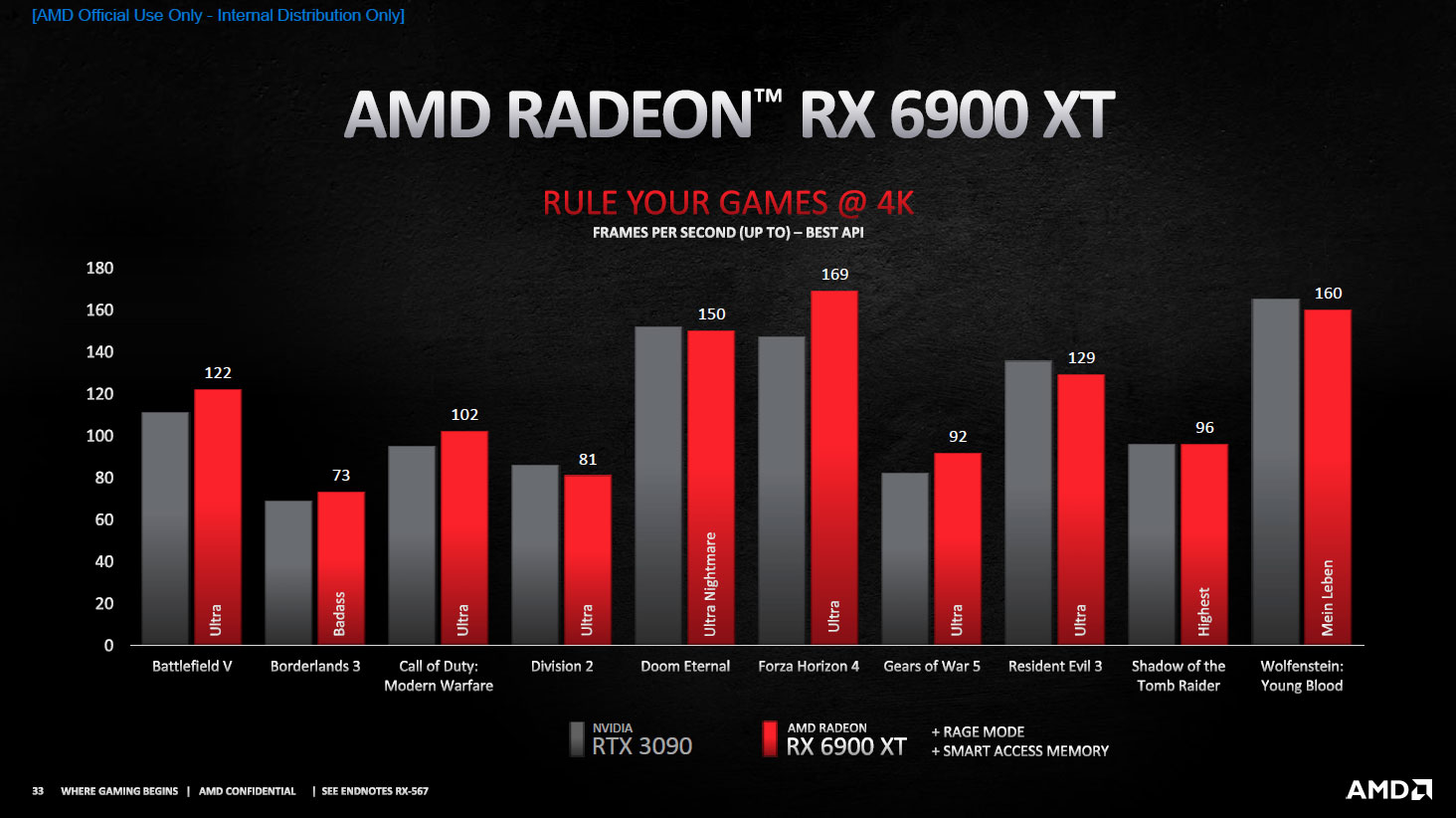
There are more caveats this time. Where the RX 6800 XT was apparently run in standard mode, and AMD ran the RX 6800 with AMD Smart Access Memory enabled, the RX 6900 XT testing was done with Rage Mode (overclocking) and Smart Access Memory both turned on. That's potentially 6-13 percent more performance, and even then, it doesn't look like AMD will win in quite a few games. But it's definitely close.
What will the Radeon RX 6900 XT cost? AMD isn't going all Nvidia on us and asking $1,500, but it's also not giving the cards away. The MSRP for the RX 6900 XT is $999. Also, at launch, it sounds as though the RX 6900 XT will be far more limited in supply than the other cards, and there are rumors AMD will be the only one selling the cards directly to consumers — at least for a little while. It's like Nvidia's 20-series Founders Edition launch, perhaps, with higher prices and direct-to-AMD profits for the first month or two after launch.
There's a big price premium for the final 10 percent or so in performance. Nvidia's RTX 3090 premium is much higher (more than double the 3080), though it does at least double the VRAM amount. But with 16GB, AMD doesn't really need to add more memory. Neither of the halo GPUs are going to sell a ton of units, though.
We'll have to see how things progress in the coming months with the RX 6900 XT. In a similar vein to what AMD has done with some other launches (Ryzen 9 3950X and the upcoming Ryzen 9 5950X), the RX 6900 XT won't be available until about three weeks after the RX 6800 / 6800 XT cards launch.
AMD Radeon RX 6000 Series: Initial Thoughts
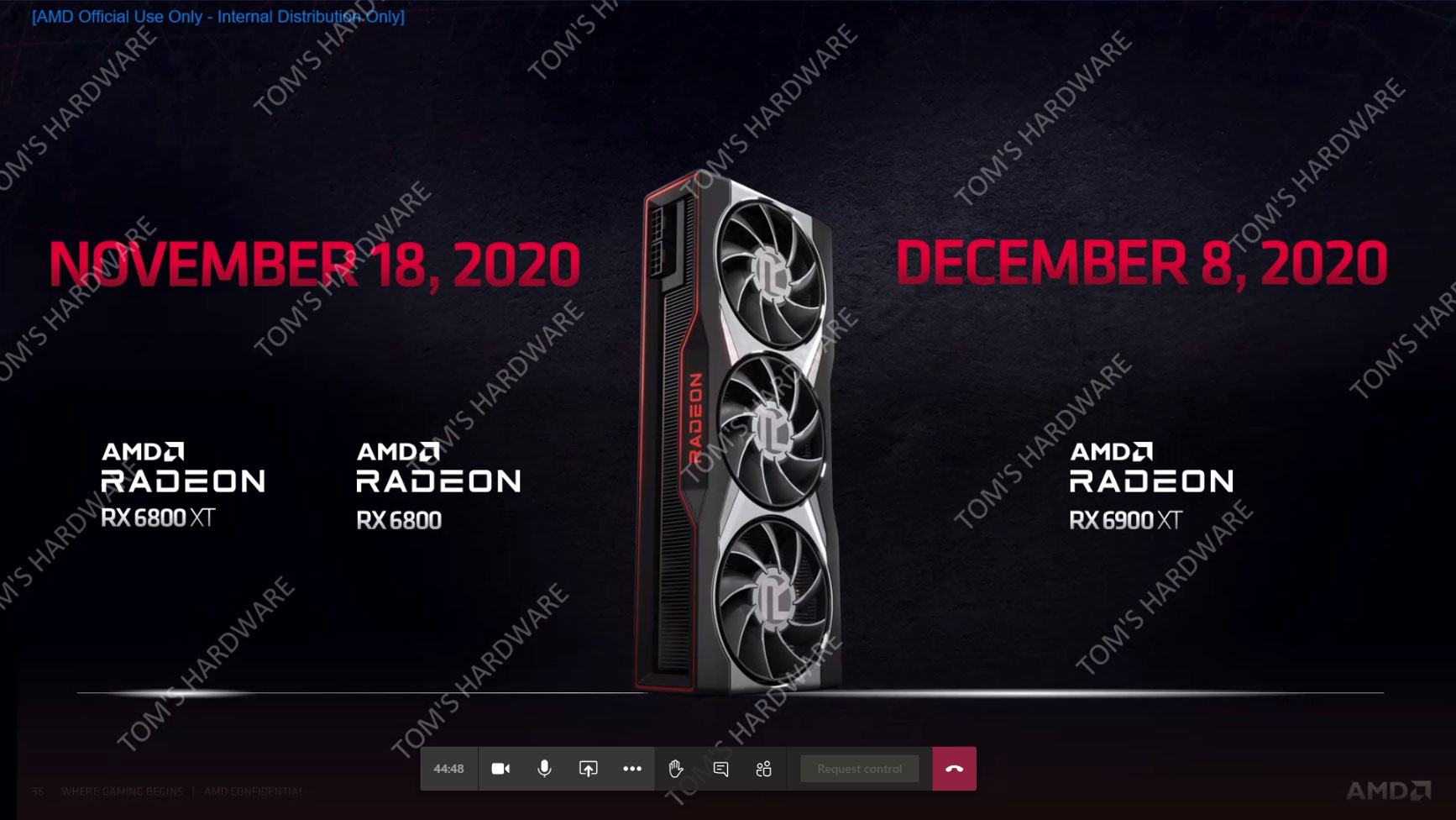
It's great that we finally have some hard data to go on — no more smoke and mirrors, rumors and guesses, or any other shenanigans. On paper, AMD appears to be offering less compute, less bandwidth but higher effective bandwidth, and lower power requirements, at superior (or at least competitive, if you look at the RX 6800) pricing. Combined, this apparently results in performance that should be quite competitive with Nvidia's RTX 30-series Ampere GPUs.
There are, however, a few remaining unknowns. One is ray tracing performance. AMD said it has one ray accelerator per CU, similar to what Nvidia has done with Turing and Ampere. But even though Nvidia's Ampere GPUs have one RT core per SM, Nvidia also says the Ampere RT cores are up to twice as fast at ray/triangle intersection calculations. Meanwhile, AMD says its ray tracing hardware is about ten times as fast as doing RT via software shaders, which would basically put AMD on par with Turing at least.
The fact that AMD didn't show any performance figures with ray tracing enabled is a bit of a concern. Then again, even after more than two years, there aren't that many games that support ray tracing, and the image quality gains in some of the games are relatively limited. Both the PS5 and Xbox Series X will have GPUs based on RDNA2, but the PS5 at least only has 36 CUs, while the Xbox Series X has 52 CUs — both slower than even the RX 6800, in other words. Frankly, the Xbox Series S with only 20 CUs is looking rather anemic right now — we'd avoid that one if you want something better than a current gen Xbox One X experience. Anyway, we'll definitely see a lot of next-gen console games start making use of ray tracing for some effects, but it also sounds like there will be many games that offer the choice between higher image quality and lower performance, or higher performance without ray tracing. That's basically the same sort of tradeoff PC users with RTX cards have been making for the past two years.
The other question is whether AMD will have an alternative to DLSS. The answer: It's working on what it calls Super Resolution, but it's not yet ready. Super Resolution will be part of the hardware-agnostic FidelityFX suite, just like the current CAS (Contrast Aware Sharpening). We've seen quite a few games use FidelityFX with CAS, and uptake is basically at about the same rate as games using ray tracing and/or DLSS.
How many games will support FidelityFX and Super Res specifically, especially compared to DLSS? AMD says there are currently 35 games with FidelityFX support in the works, with about 25 that have already shipped (the current list includes Borderlands 3, Death Stranding, Gears 5, Ghost Recon Breakpoint, Hitman 2, Horizon Zero Dawn, Monster Hunter World Iceborne, Rage 2, Resident Evil 2 and 3 remakes, Serious Sam 4, Shadow of the Tomb Raider, World War Z, and Zombie Army 4). Could it end up similar to G-Sync vs. FreeSync, where Nvidia's solution came first and is perhaps technically superior, but AMD's alternative works nearly as well, costs less, works with GPUs from both companies, and ends up with more widespread support? Time will tell, but basically, don't count AMD out.
There's still more to discuss. AMD claims it's Zen 3 CPUs will be the fastest gaming chips on the market come November, and that there will be further benefits to running an RX 6000 graphics card with an X570 motherboard and a Ryzen 5000 processor. AMD calls this Smart Access Memory, which removes some limitations in how GPUs and CPUs can access each others' memory. We've got a full breakdown of Smart Memory Access elsewhere, but it's basically the advantage AMD gets by being the CPU, chipset, and GPU manufacturer.
AMD also says there's a decent amount of overclocking headroom available with Big Navi, and it has a new Rage Mode one-click overclocking solution as part of its drivers. Turn on both features and performance is typically about 6 percent faster overall versus stock. These were both enabled on the RX 6900 XT results, which would certainly seem to be presenting AMD's performance in the best light possible.
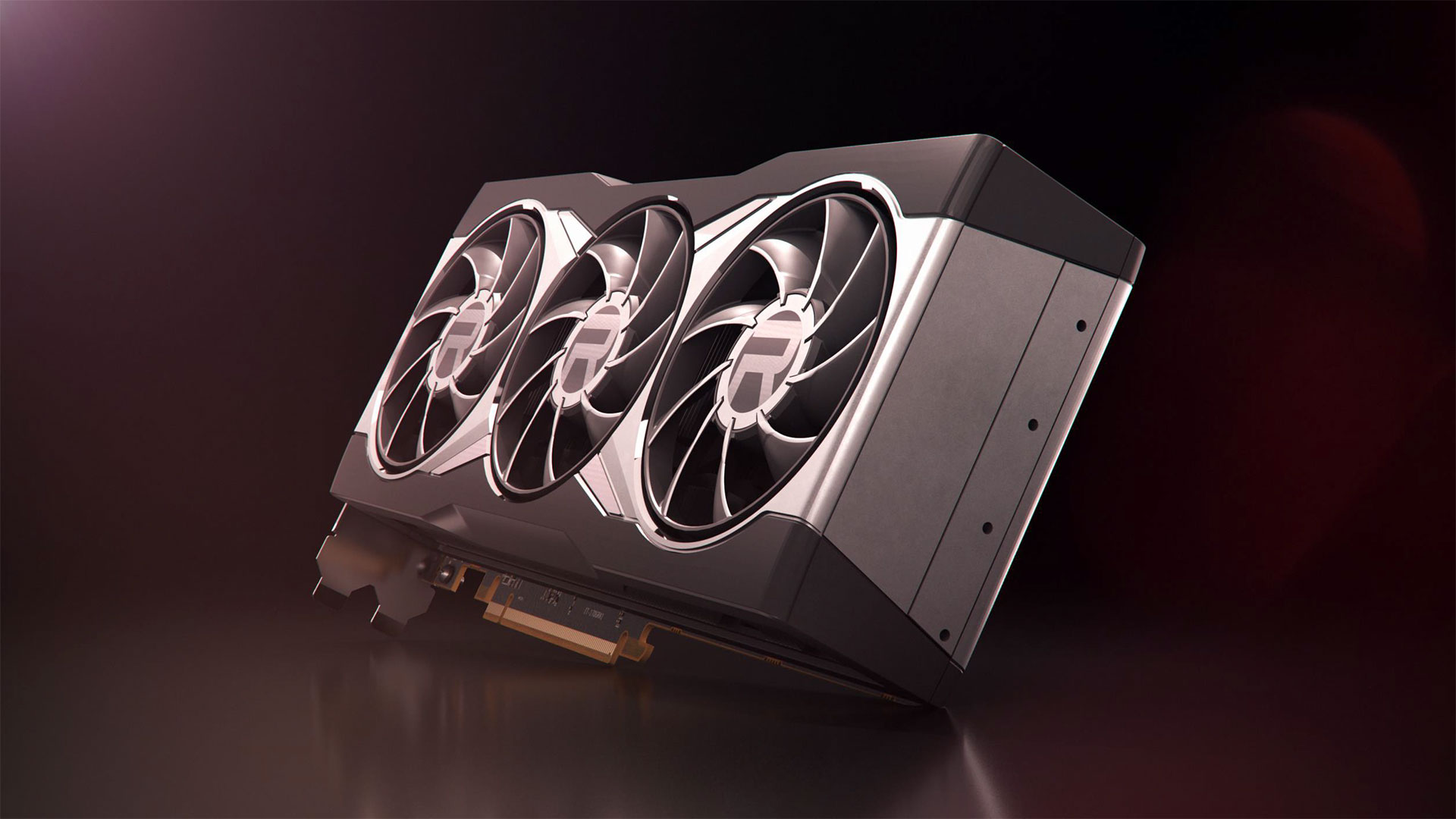
Of course, consumers also need to be able to buy the cards, which we again have to wait and see what stock is like. AMD already has a lot going on with the Zen 3 CPU launch, plus the Xbox Series X/S and PlayStation 5 consoles. All of those use TSMC's N7 manufacturing node, which is already in high demand. Nvidia supposedly went with Samsung's 'inferior' 8N simply because it could get the chip and wafer quantities it wanted, but perhaps part of that was AMD already booking a large chunk of TSMC's volume.
AMD's RX 6800 XT is almost sure to sell out, just like the PS5 and Xbox consoles and just like the RTX 30-series. But maybe RX 6000 only sells out for a couple of weeks rather than several months, and maybe the supply ends up better than Nvidia has managed. Unfortunately, no one (other than Danish outlet ProShop) is actively discussing hard numbers regarding supplies and shipments of the new GPUs. AMD says it's working with its partners to ensure the best possible launch experience, but Nvidia said something similar.
Bottom line: If you want a new GPU this holiday season, whatever is actually in stock is going to be the better option than some out-of-stock card in the nebulous future. If AMD can provide sufficient quantities of Big Navi, and if Nvidia's supply of Ampere GPUs continues to be limited, AMD stands to move quite a few more GPUs than previous launches. We'll find out more about the RDNA2 architecture and have a full review by the time the cards launch on November 18.
The full slide deck from AMD is below, including disclaimers, for all that are interested in viewing it.
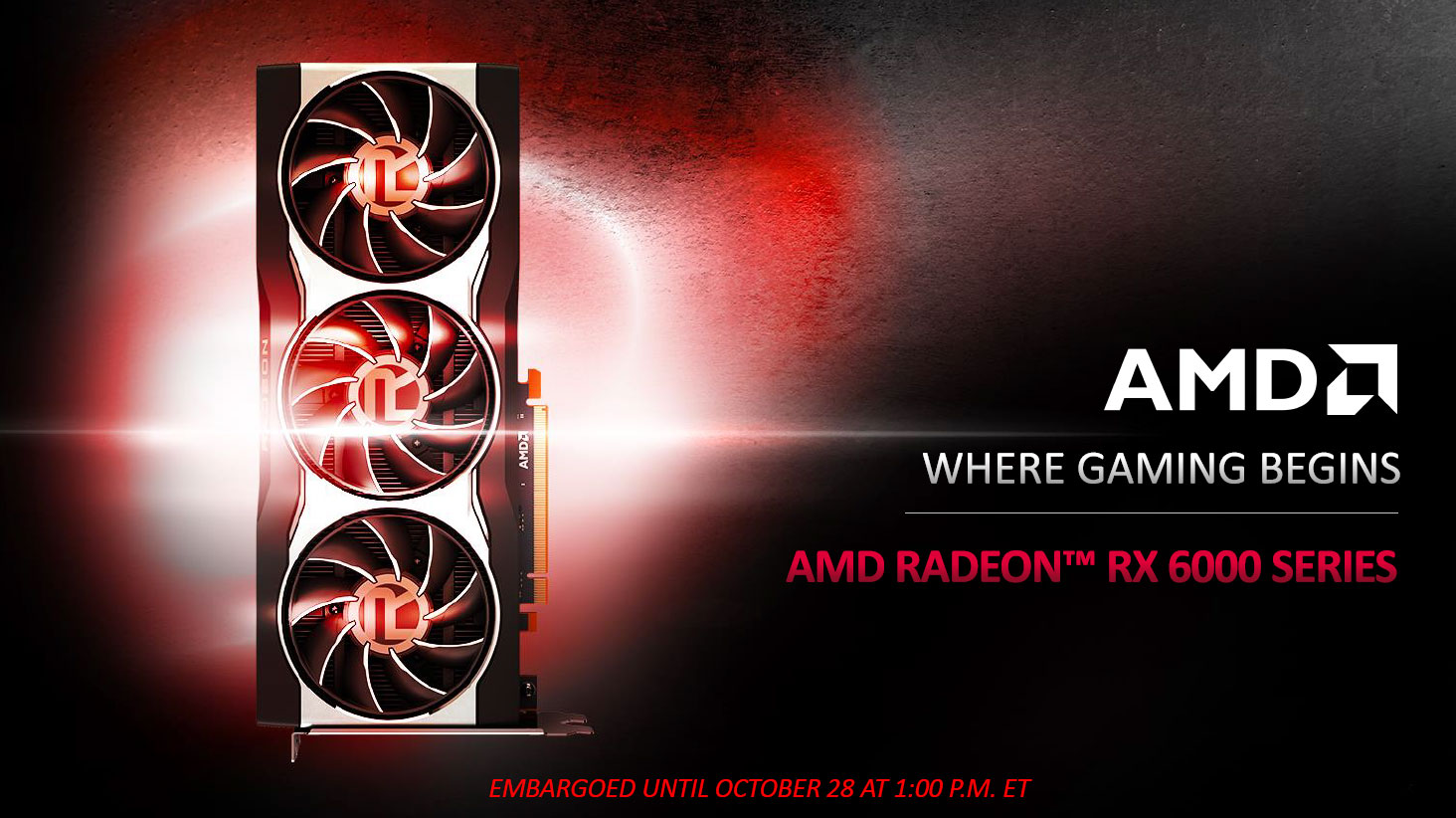

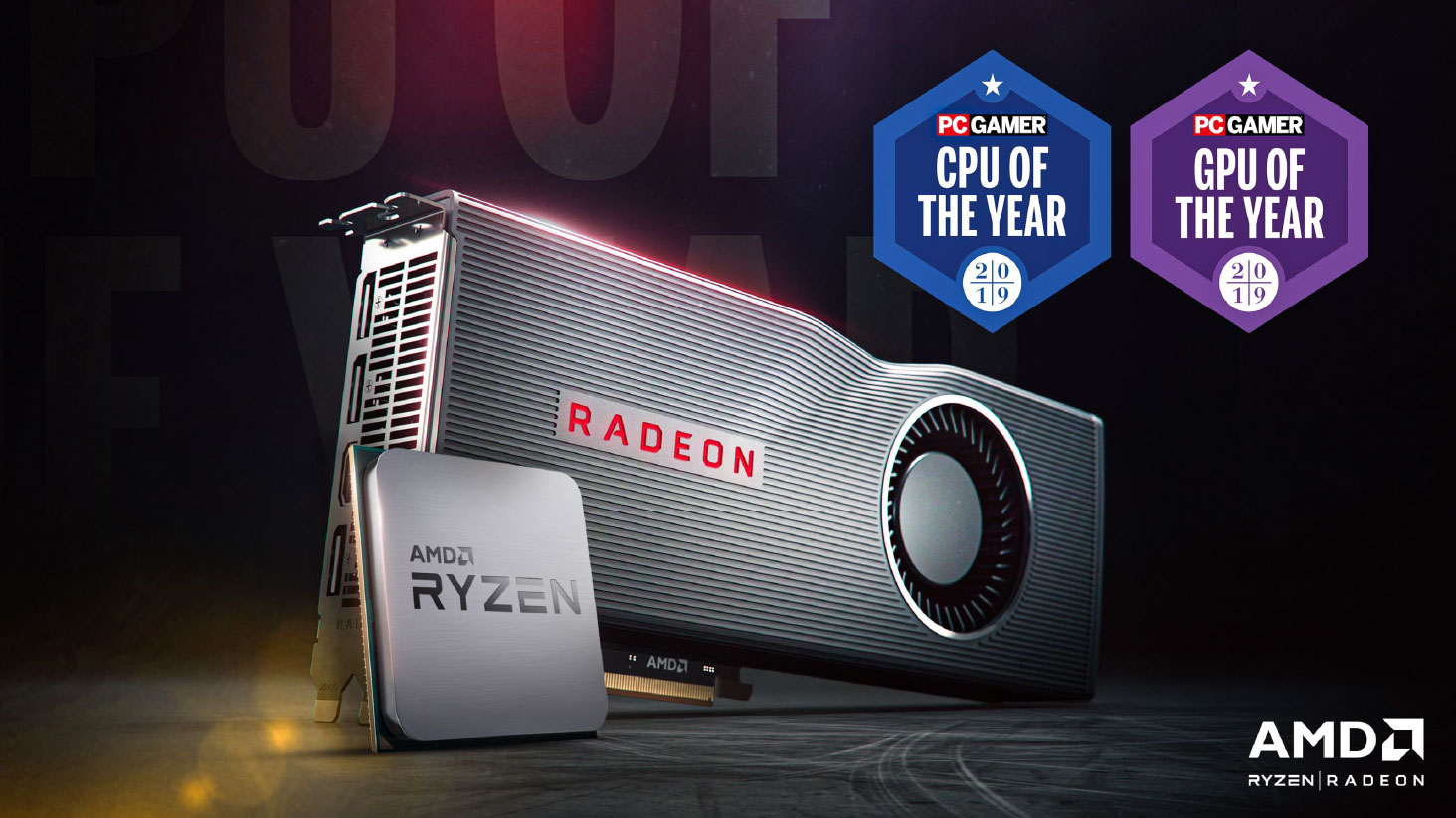
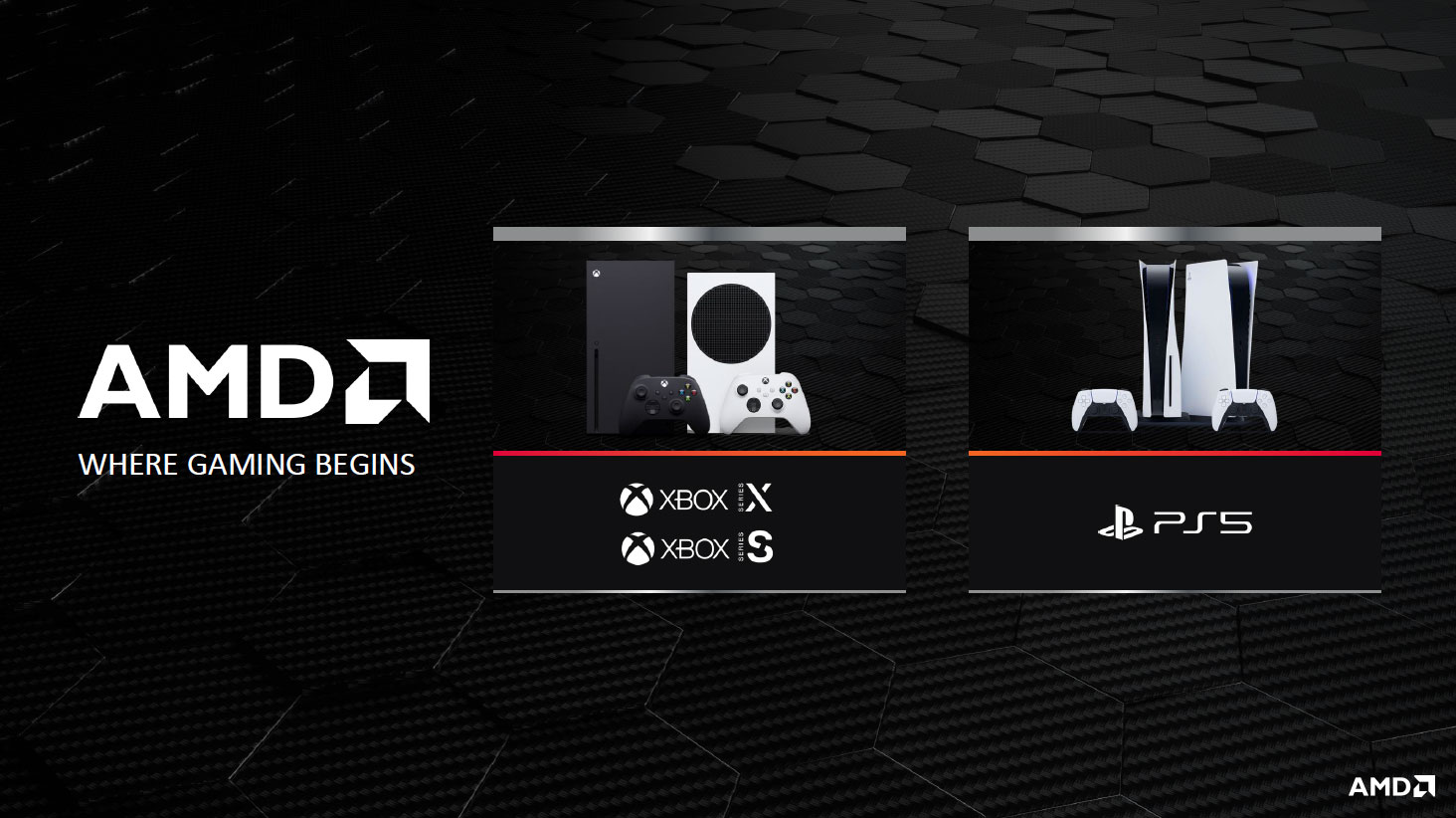
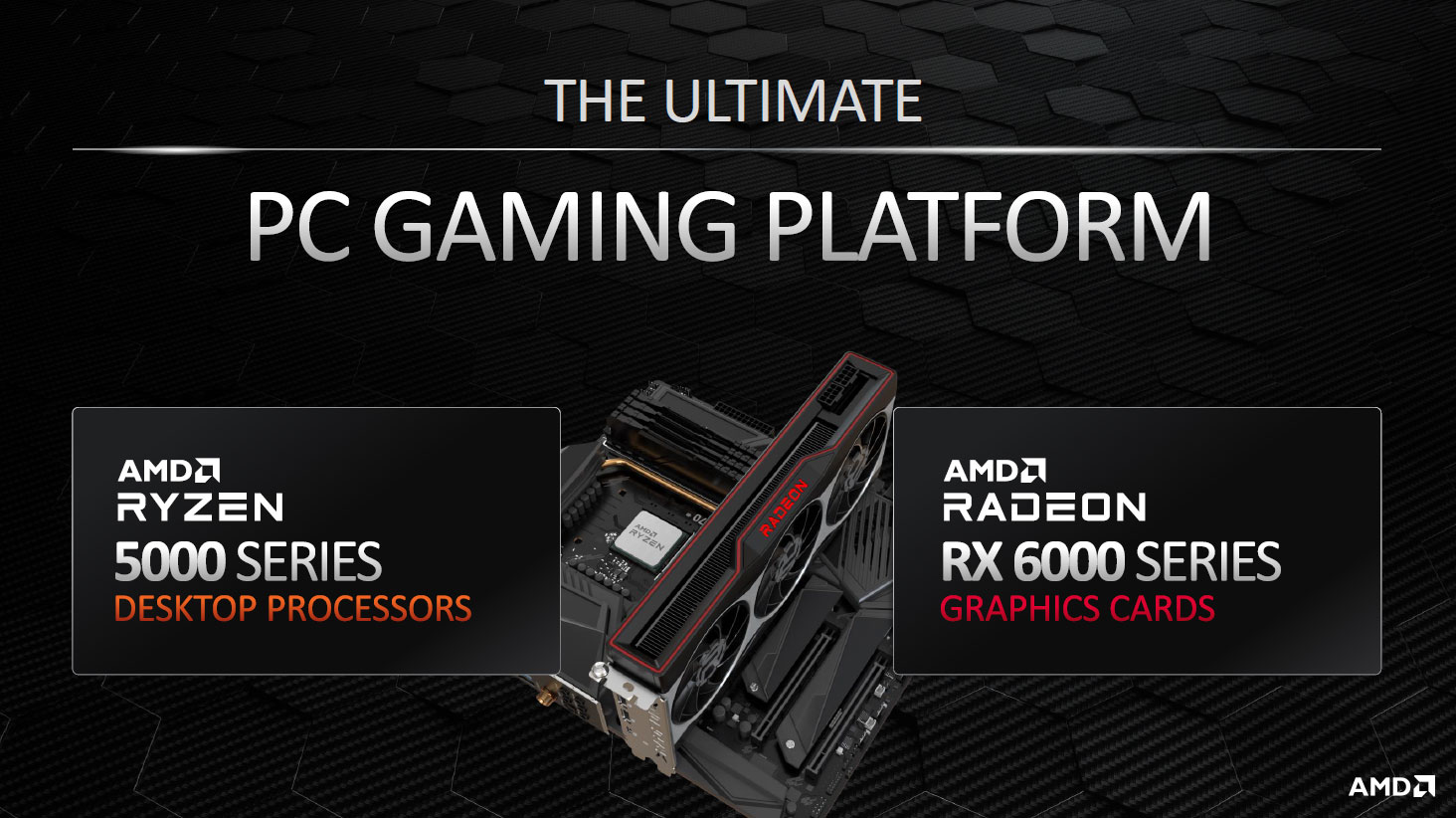

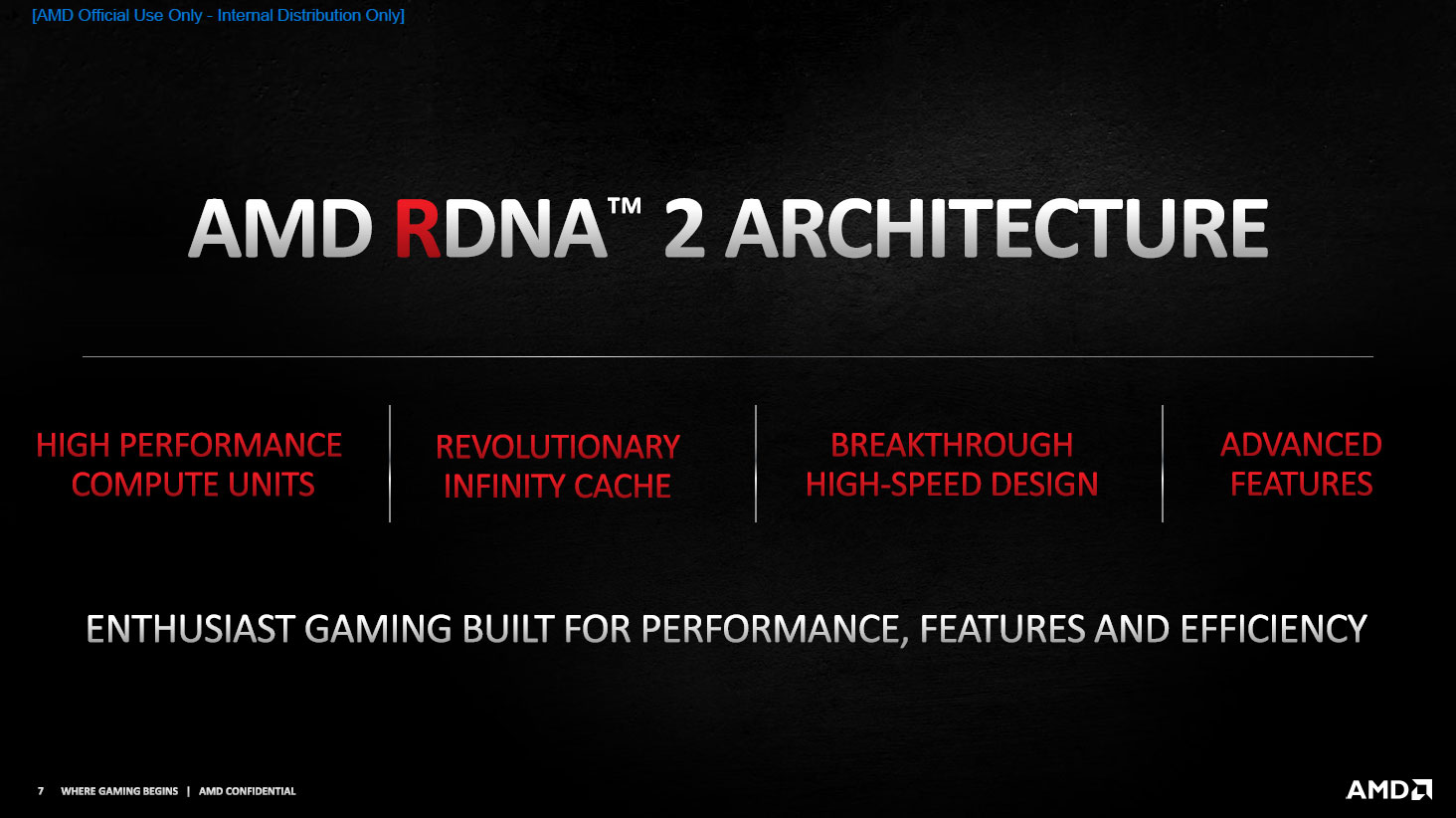
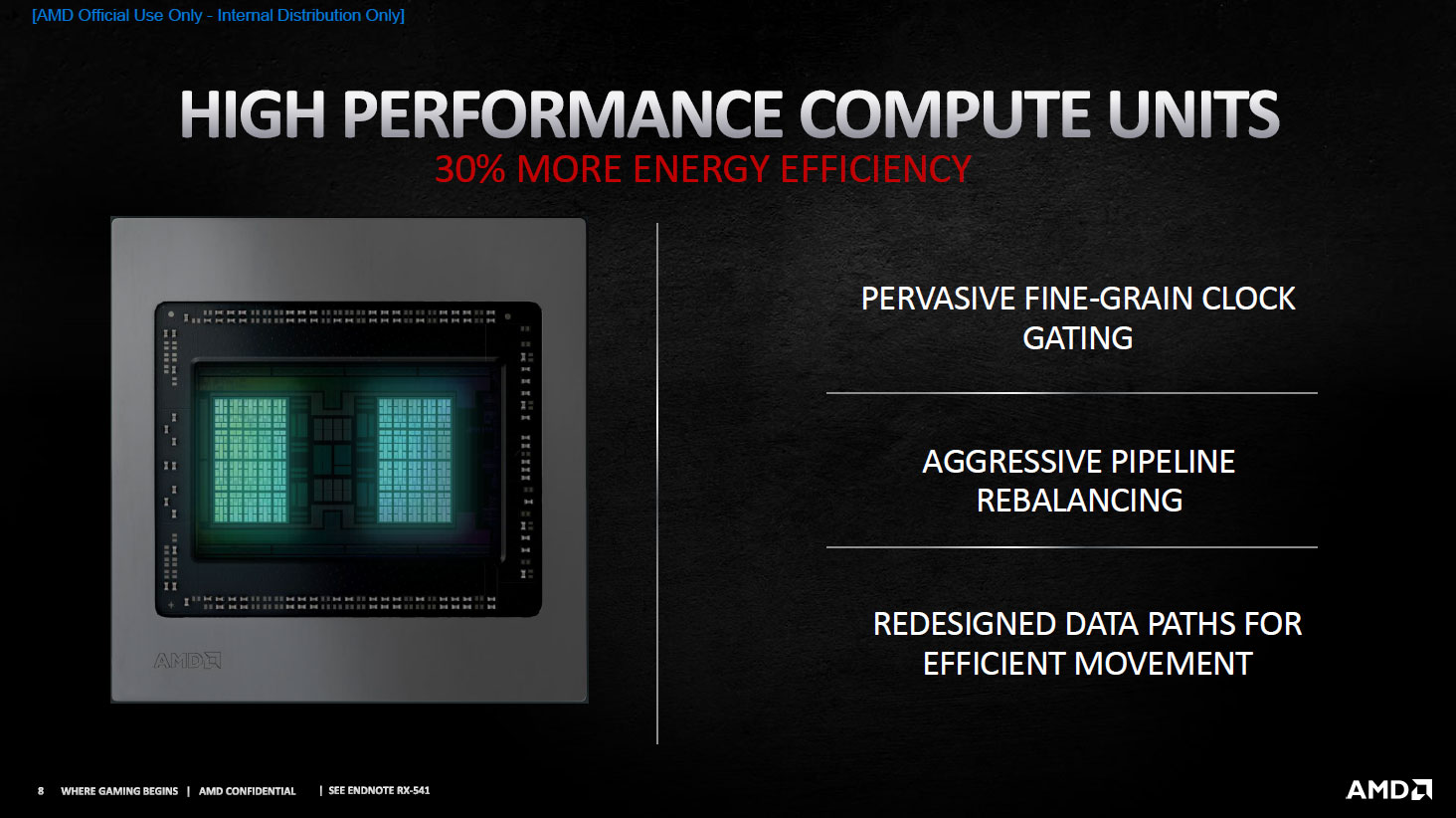
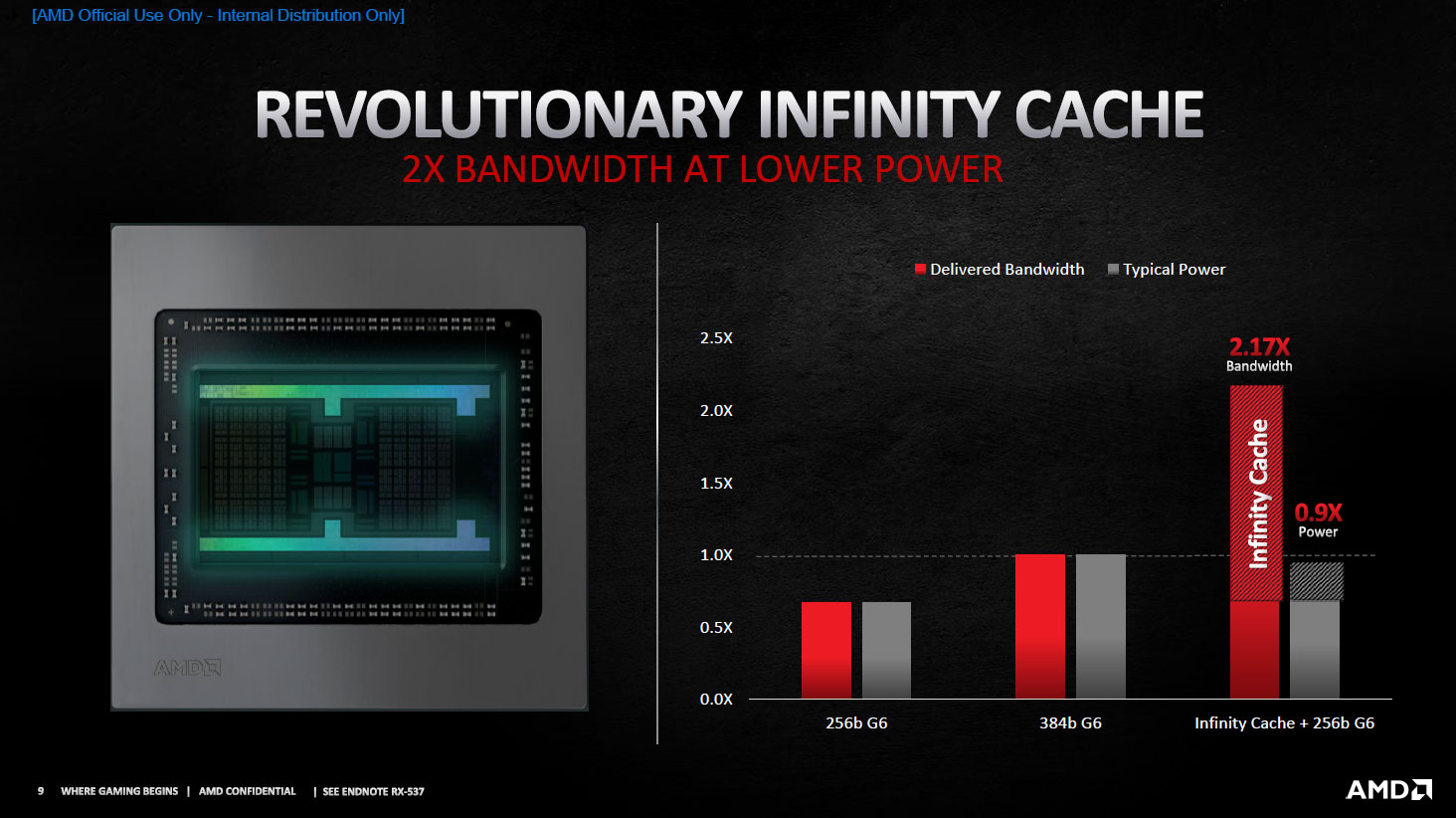

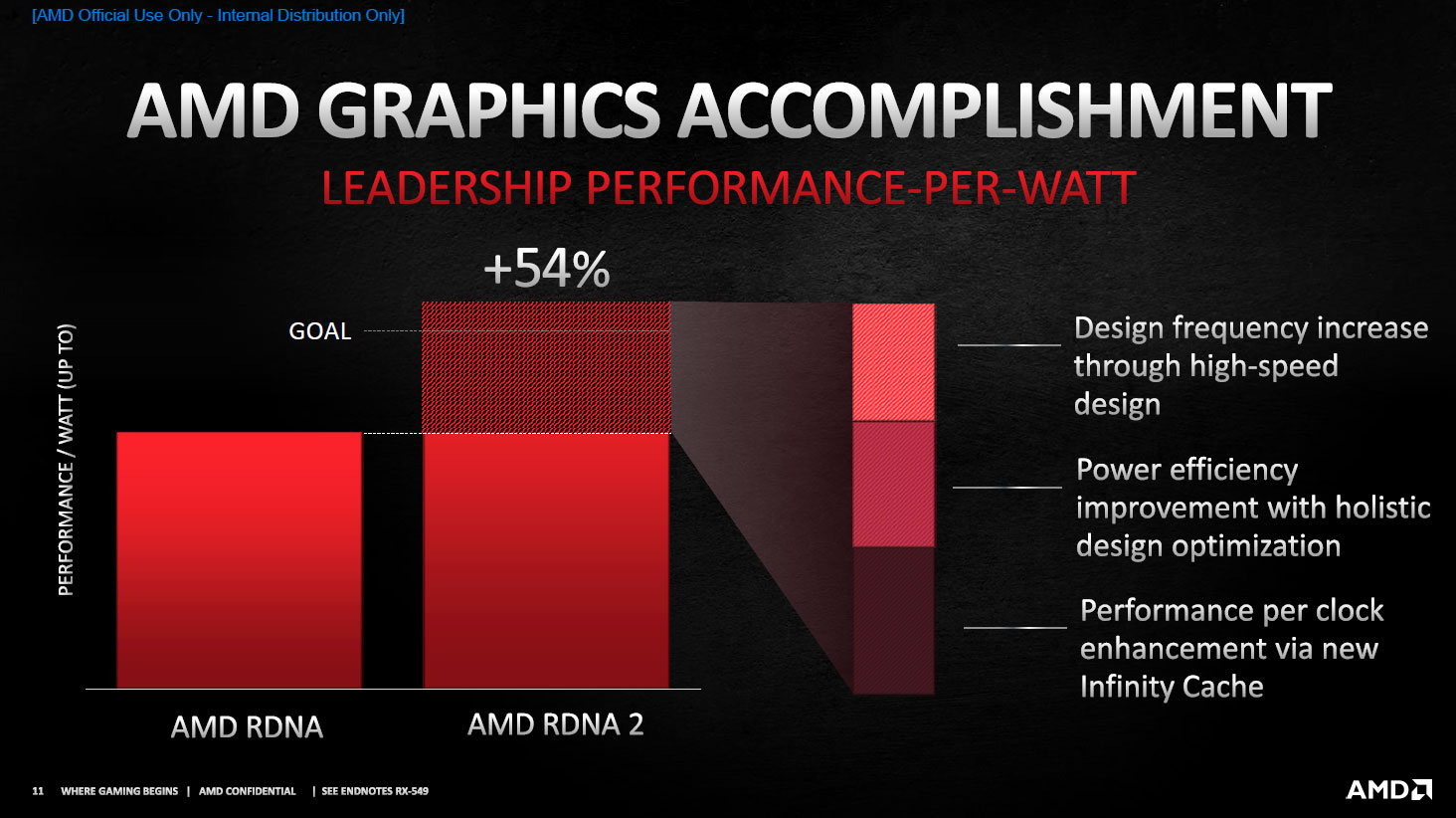

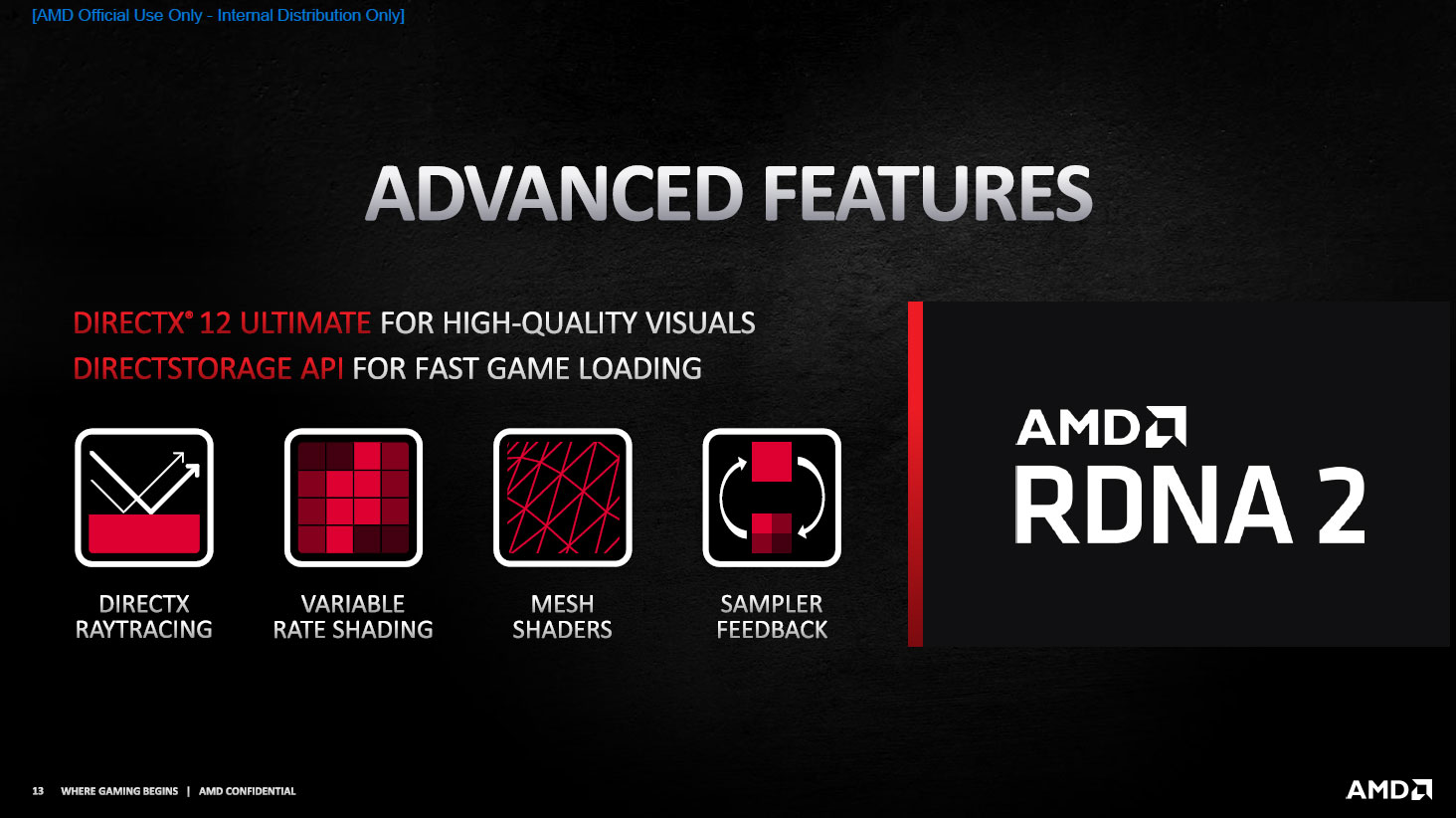
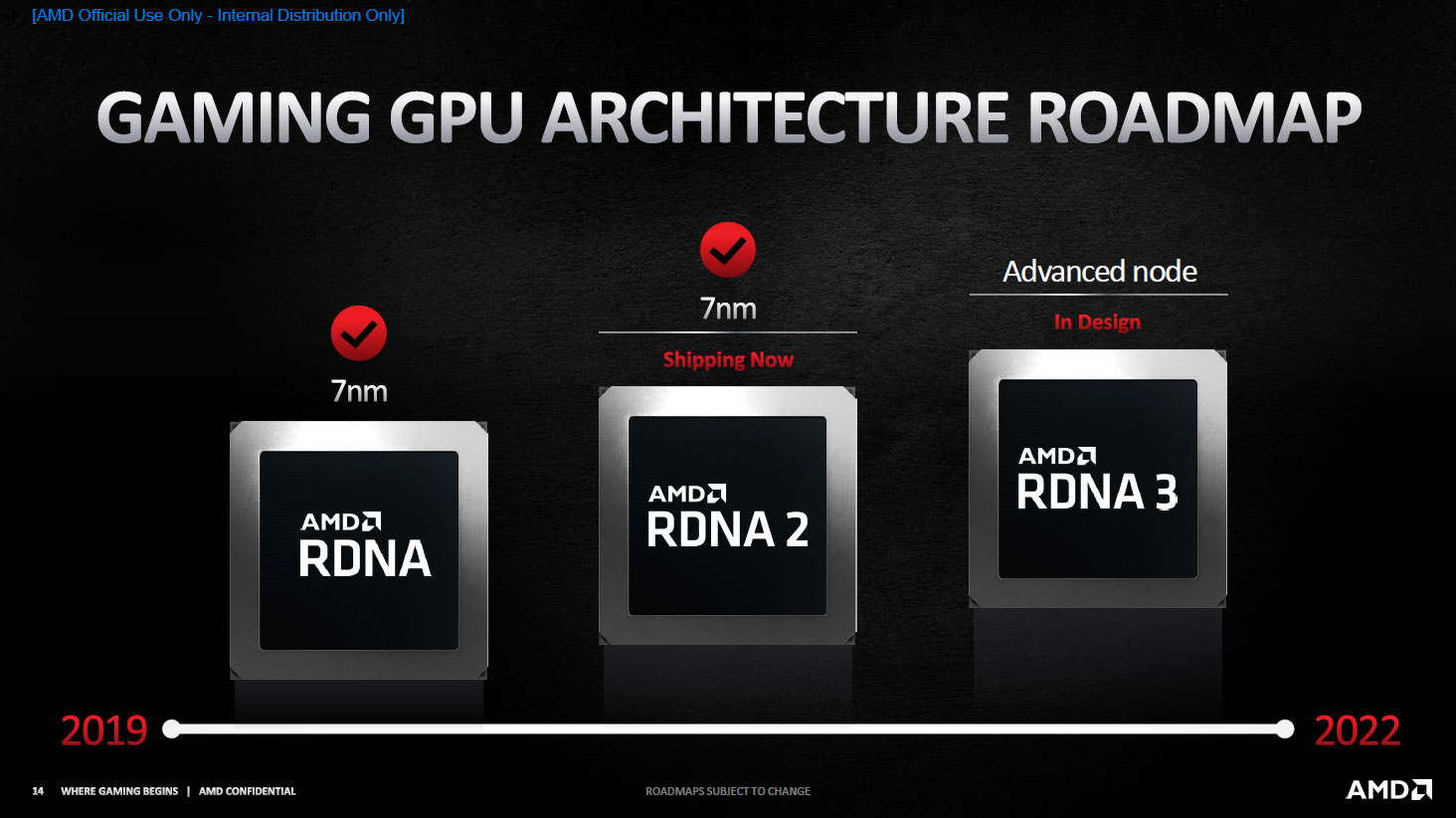



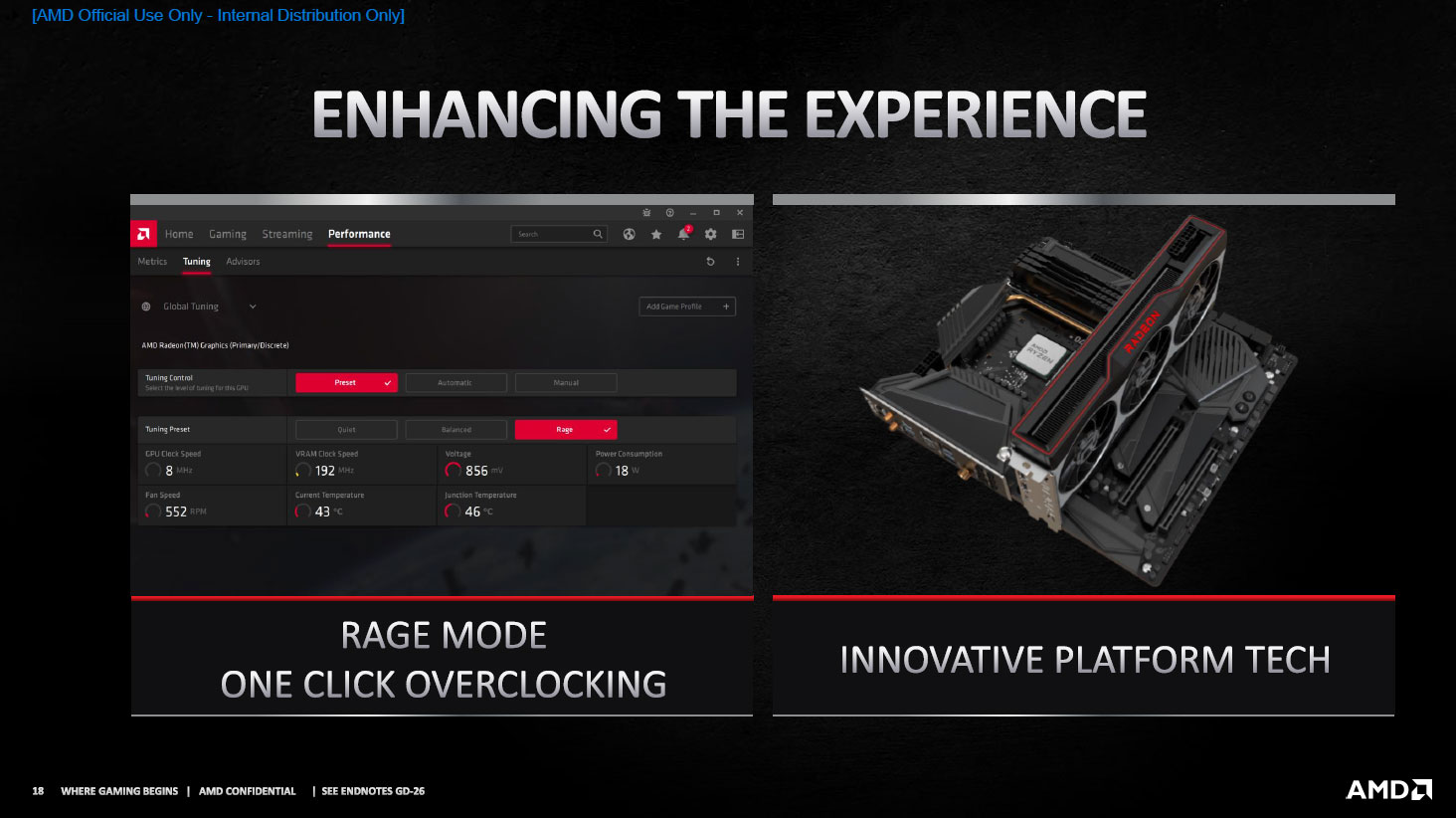
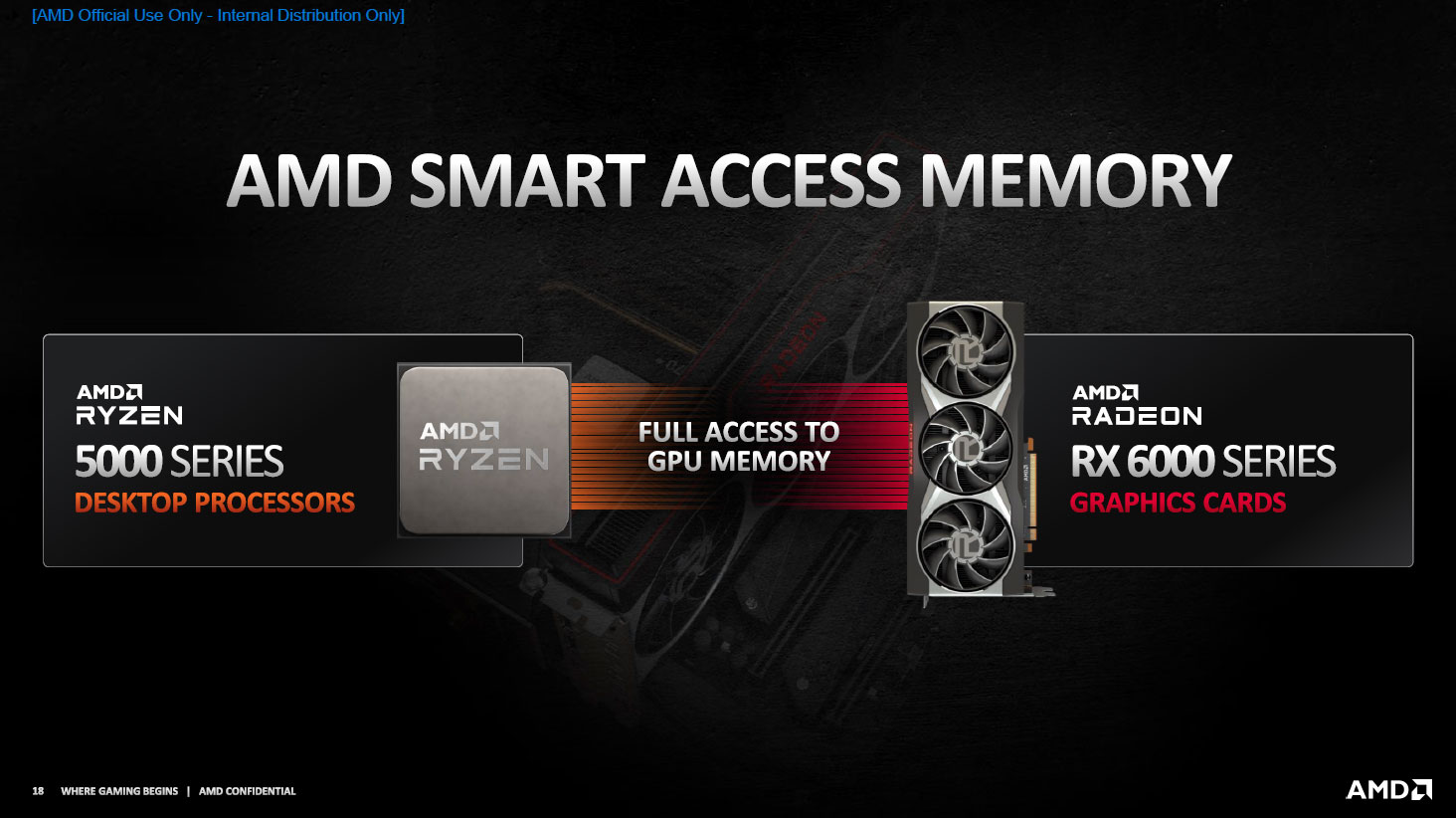
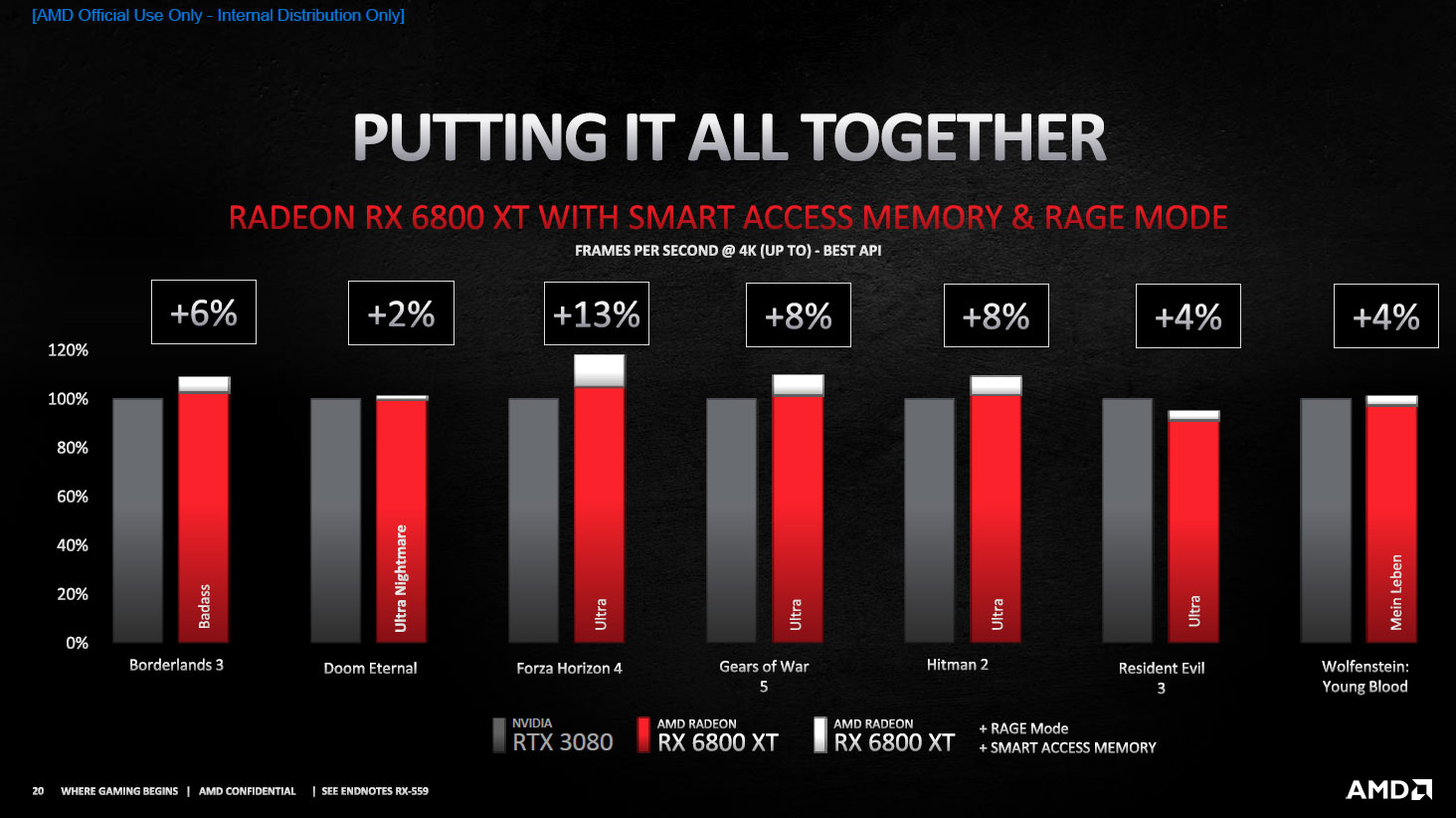

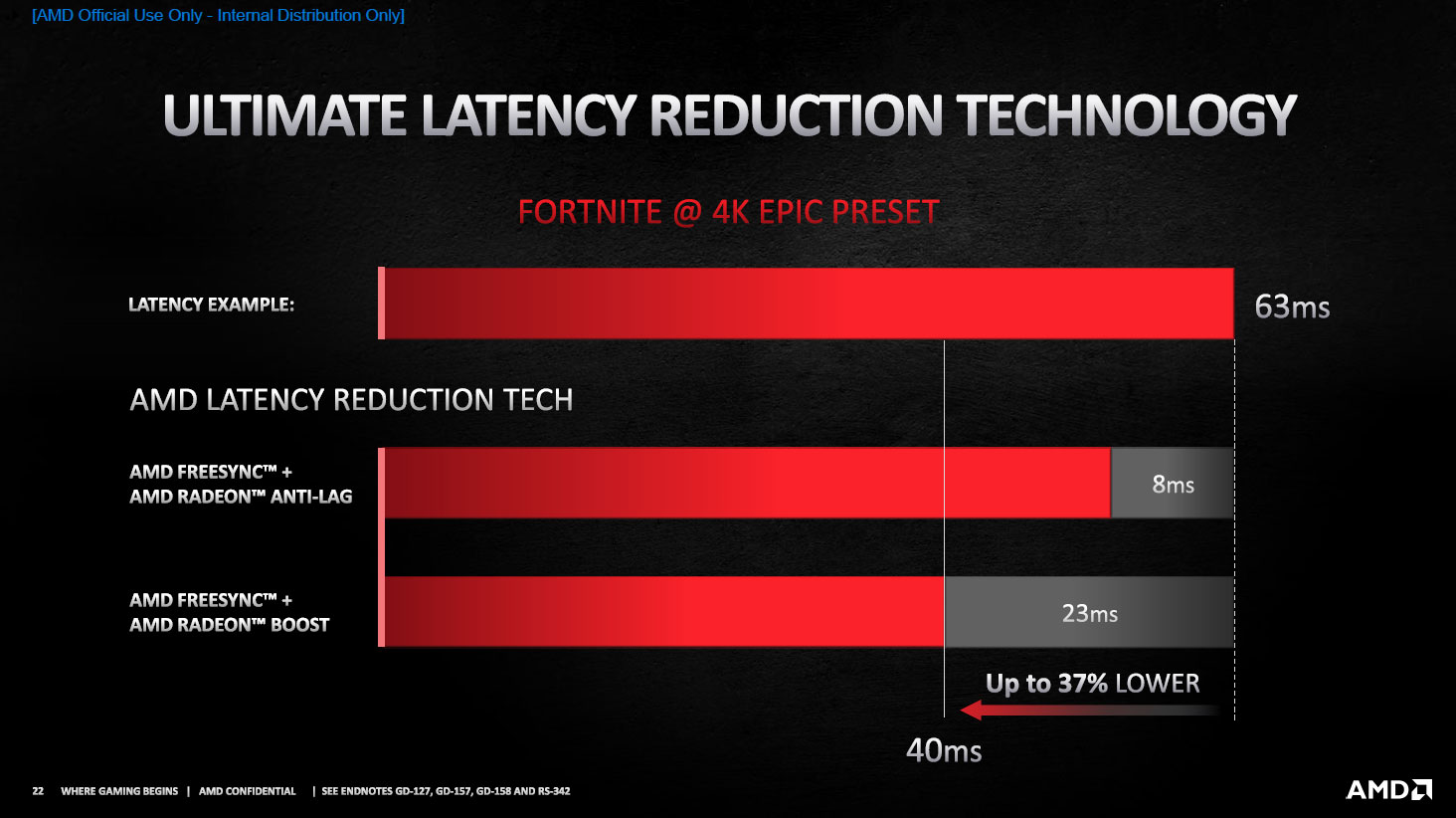


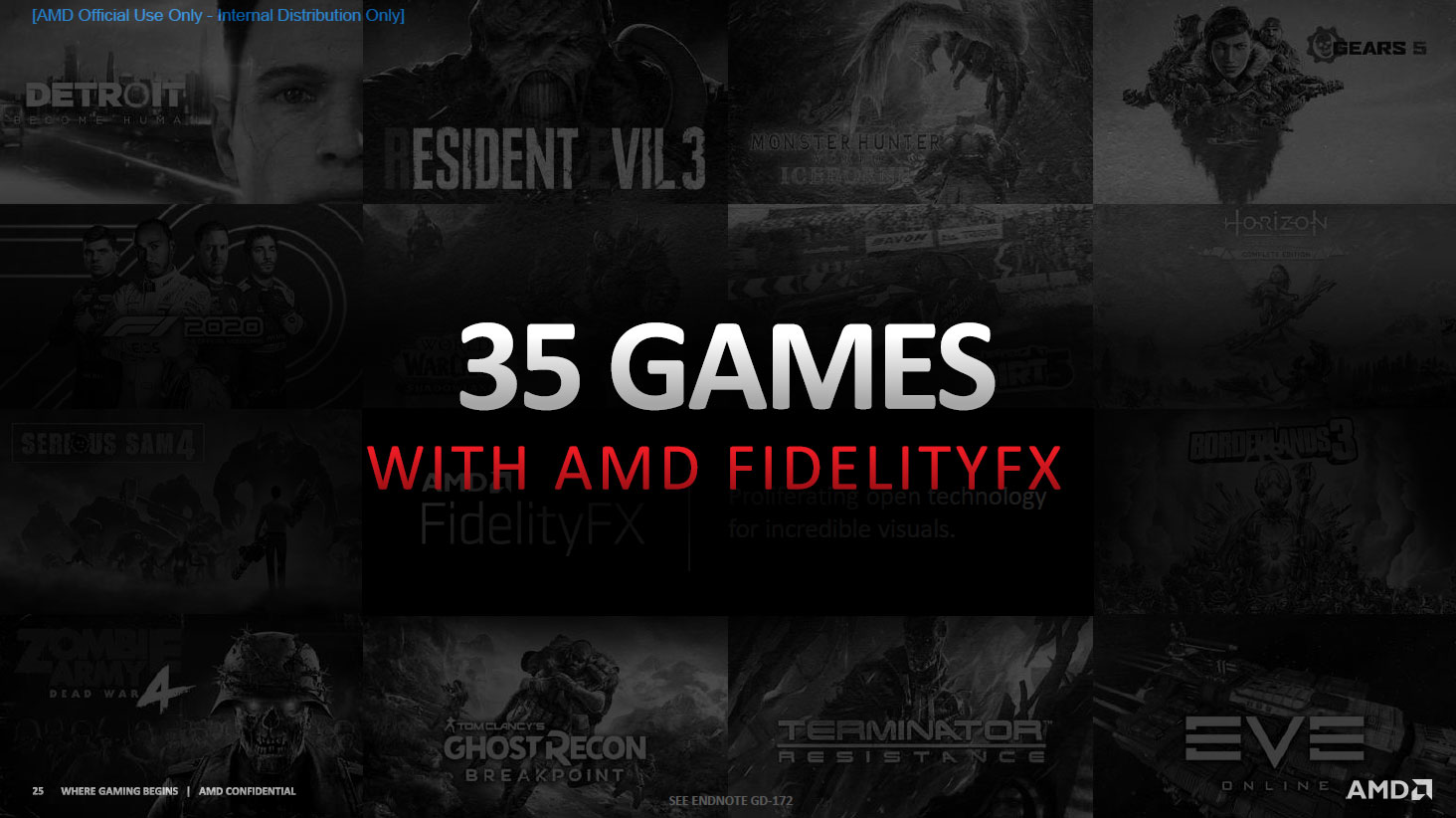






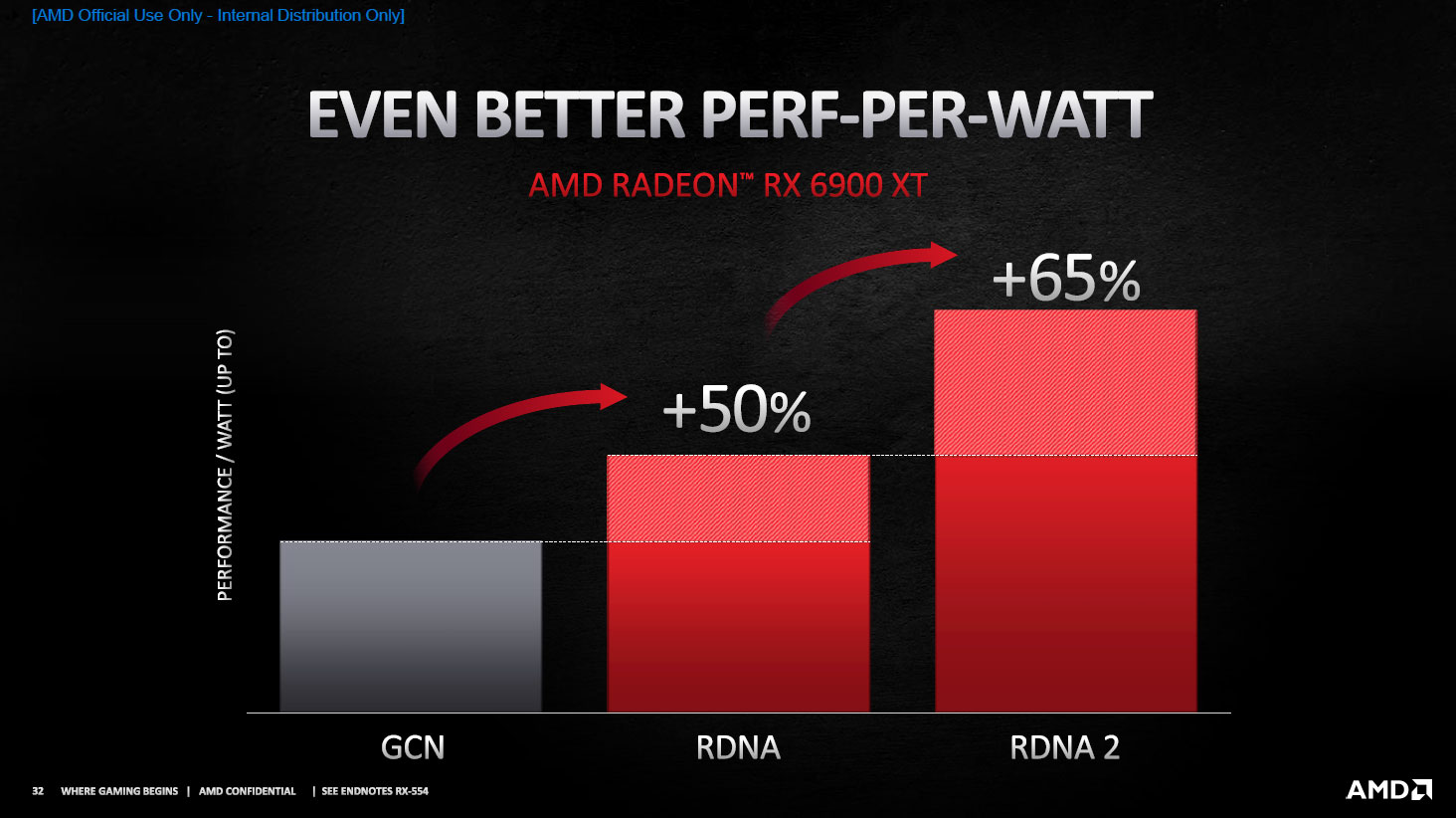



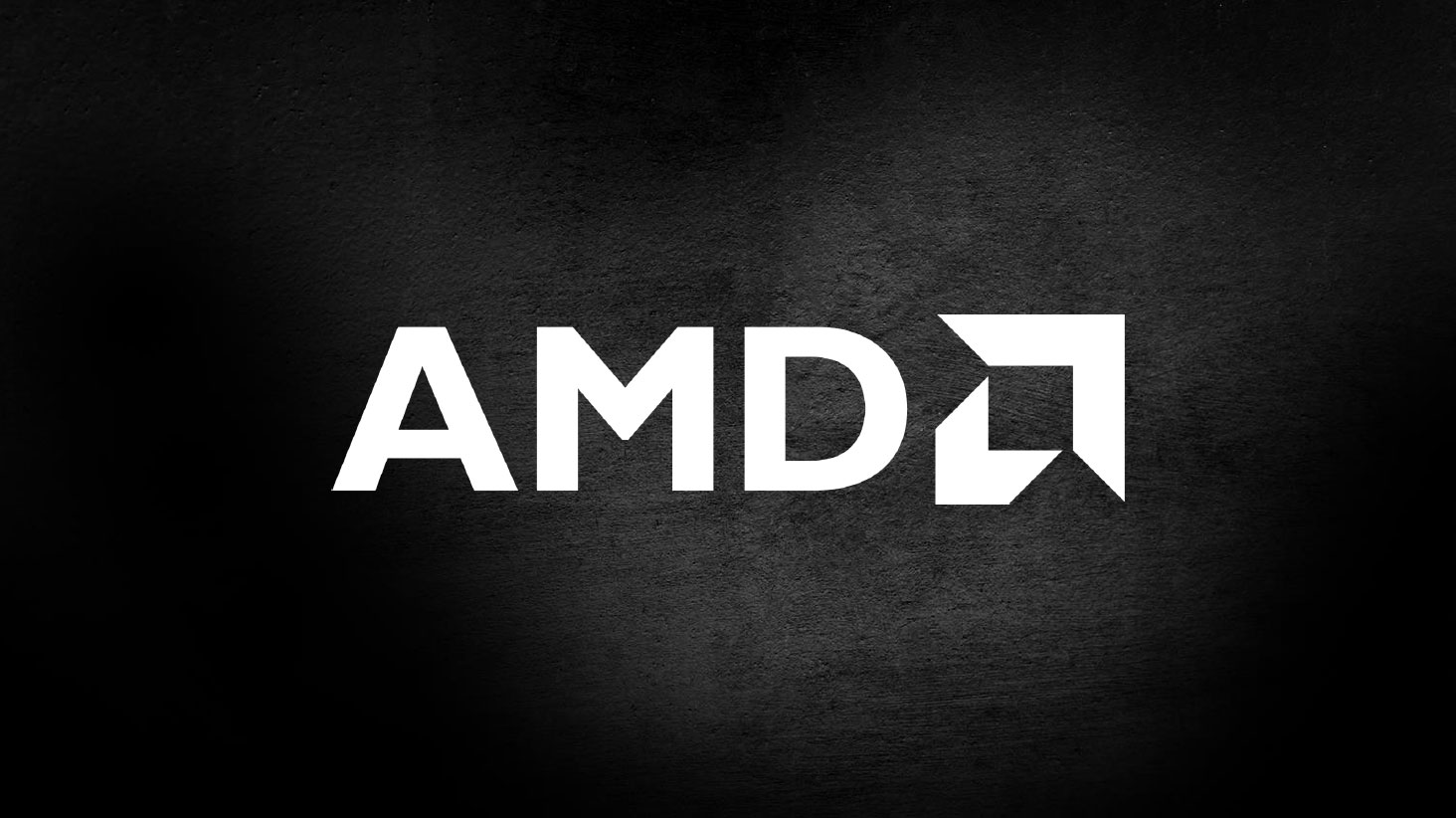
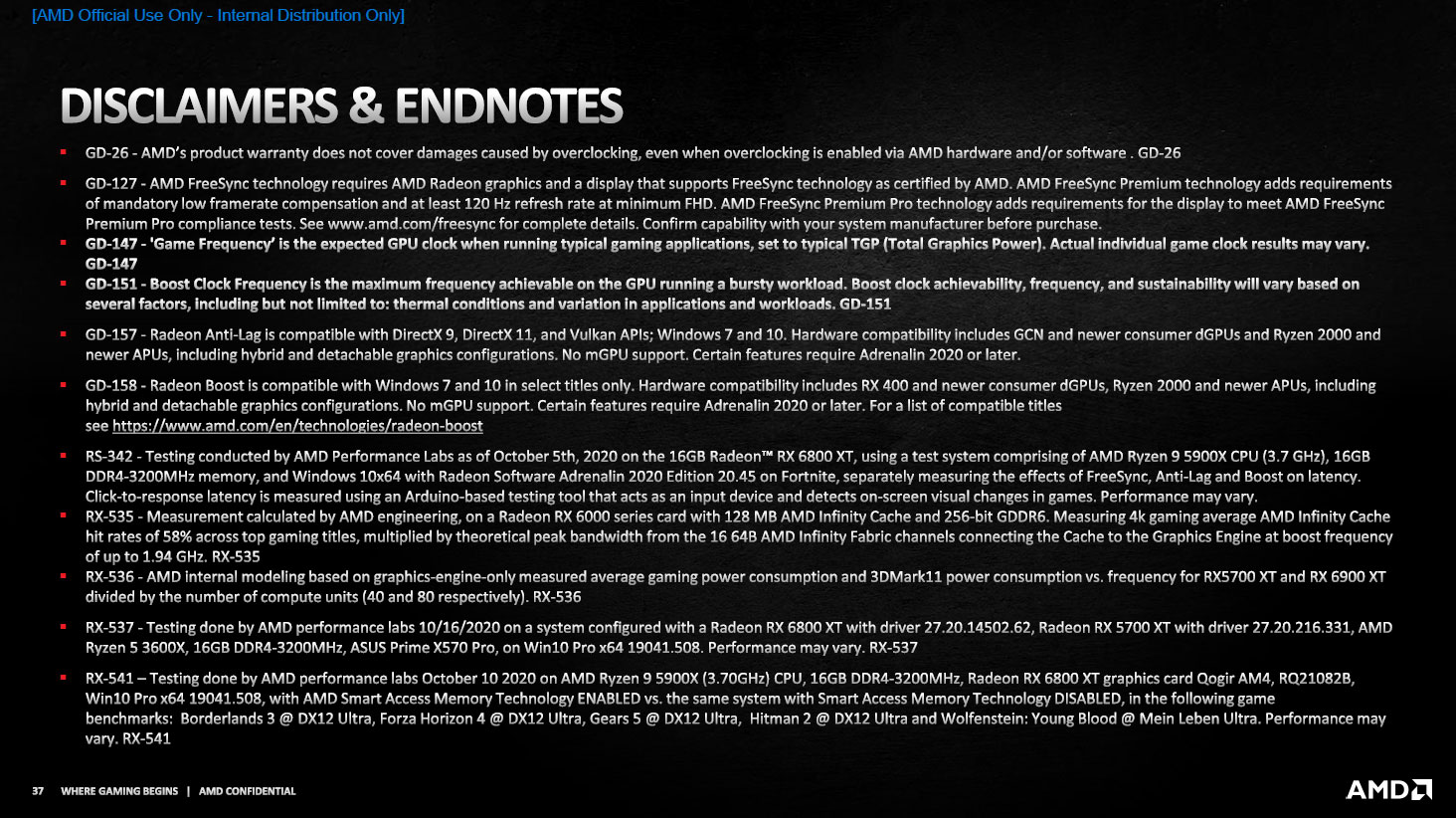
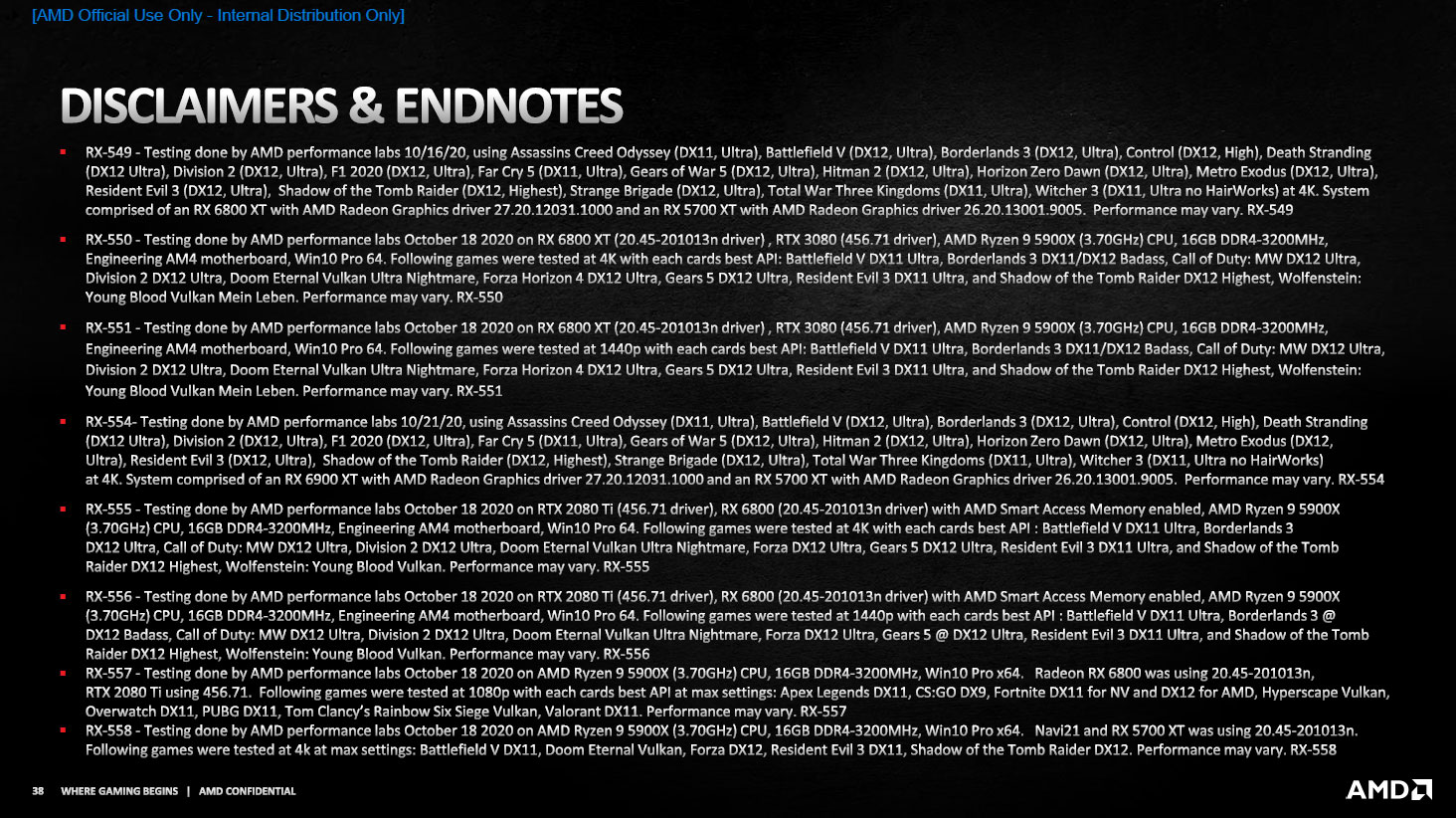



Jarred Walton is a senior editor at Tom's Hardware focusing on everything GPU. He has been working as a tech journalist since 2004, writing for AnandTech, Maximum PC, and PC Gamer. From the first S3 Virge '3D decelerators' to today's GPUs, Jarred keeps up with all the latest graphics trends and is the one to ask about game performance.
-
2Be_or_Not2Be A typo: In the first paragraph under "AMD Radeon RX 6800 XT Specs and Performance Preview", price is shown as $659. That should be $649.Reply -
nofanneeded Who wanna bet that Nvidia RTX 3070/3080 with 16/20 GB are coming very soon ?Reply
AMD giving us 16GB on all the three cards at the same performance level and for lower price is a serious blow to Nvidia. -
CorbeauNoir Replyfelicityc said:lol they had to use their cute OC button to get the charts to work right x3
The retro PC Turbo button is back, I love it -
nofanneeded makes me wonder , could AMD be hiding RX 6900 XTX with 350 watts 24GB and 90 CU ?!?!? for $1500 <------<Reply -
Homer J. Well, I am very interested in the temperatures and noise levels the 6800xt will produce. TBP 300 W and significantly smaller cooler than the 3080 do not bode all too well.Reply
AMD has a track record for hot running noisy cards. Performance look amazing but need to be verified. If AMD kept noise level and temperatures in check the 6800xt is an amazing card but we do not know that yet.
Same concerns go for the 6900xt same size, even more performance, I hope this is not bought by frying pan temperatures and jet engine noise. -
WarWolverineWarrior What was the Specs of the PC that they were testing with? With new Ryzen 5000 CPU, you can OC the RAM to 6536 Mhz. Paired with Smart Access Memory would be interesting to see some bench marks.Reply
